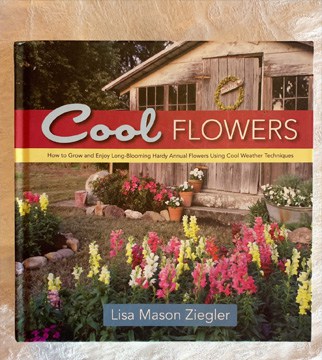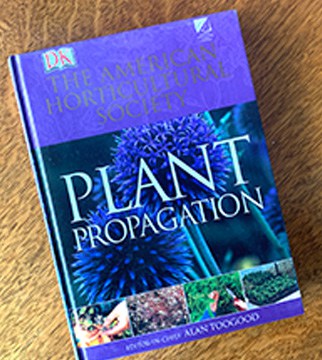
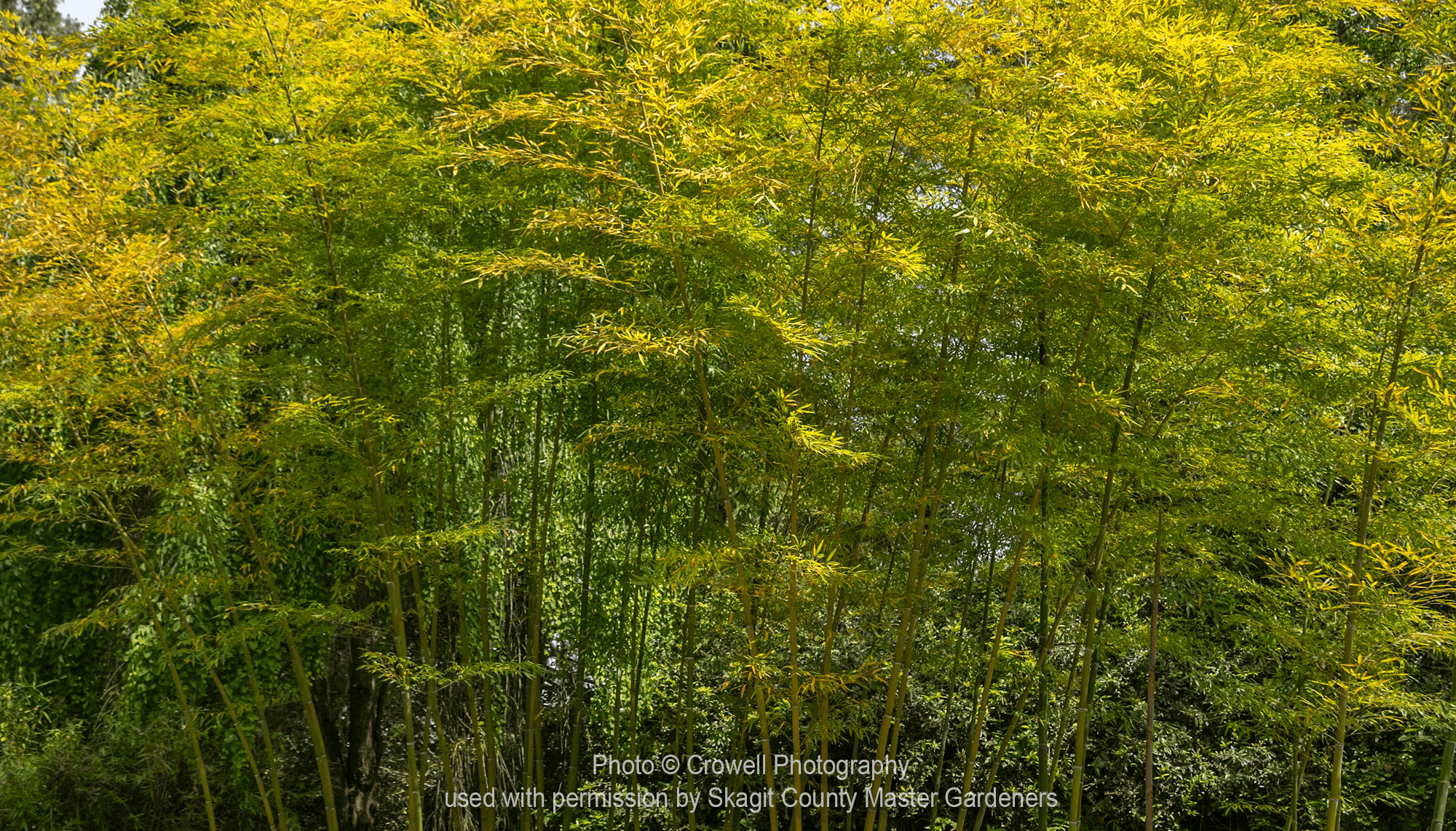
Is Bamboo for You?
If you love bamboo, be a good neighbor and understand how to select, grow, and maintain the plant.
Subscribe to the Blog >By Kay Torrance, Skagit County WSU Extension Master Gardener
Bamboo is alternatingly loved and hated by home gardeners. Typically, gardeners are firmly planted in one camp or the other. Full disclosure: I love bamboo. With its soft green glow and exotic sculpted leaves rustling in the breeze, the impact of bamboo in a garden can be transforming. It invokes tranquility and quiet contemplation. Bamboo is unlike any other plant in the garden.
Bamboo resists drought, deer, pests, and disease. As a landscape plant, it is self-mulching and evergreen. It grows well in poor soil. With all this going for it, why do so many cringe at the thought of growing bamboo? Bamboo has a reputation for being invasive and difficult to maintain. Is that a tired stereotype? Bamboo is not maintenance-free, few plants in the garden are. It requires at least annual maintenance and more extensive care every 3-4 years. Much less than a fruit tree but more than a cactus.
Often, bamboo is planted as a fast-growing evergreen privacy border, with the expectation that no pruning or maintenance will ever be needed once it is grown. Is that reasonable for any plant? Before planting, was the selected bamboo evaluated to see if it had a clumping or running habit? Whether it was short or timber-sized? The key to being in zen with your bamboo is understanding how to select, grow, and maintain the plant.
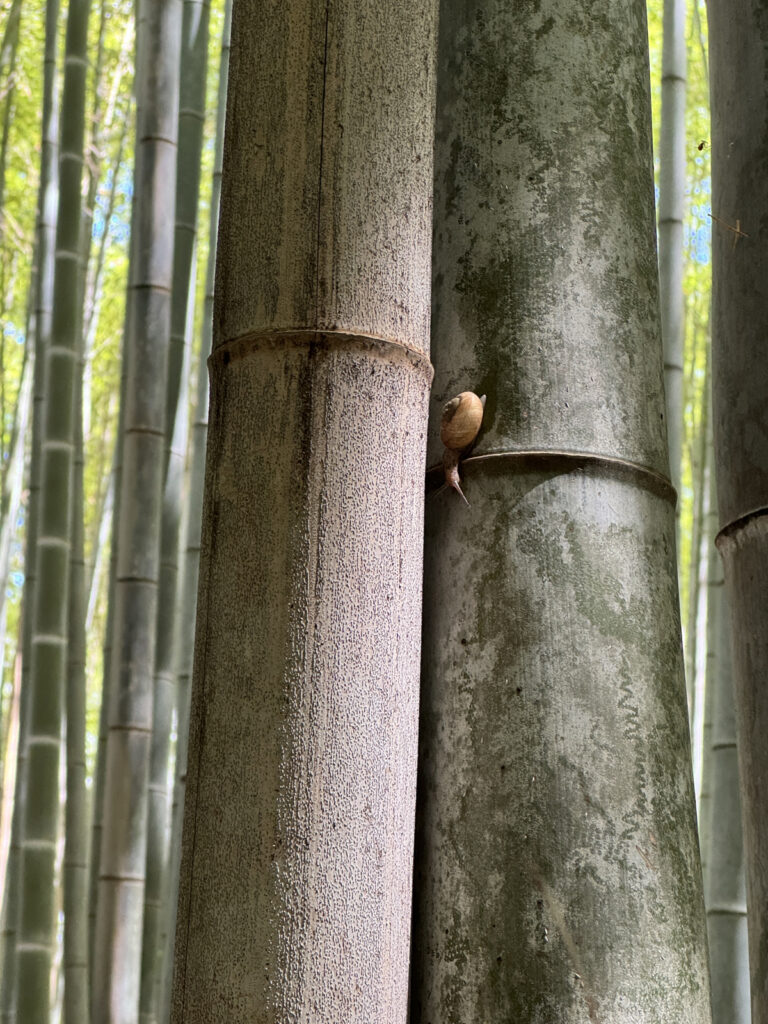
Phyllostachys Edulis ‘Moso’ is a common timber variety growing in Arashiyama Bamboo Forest in Kyoto, Japan. Photo © Bobbi Lemme
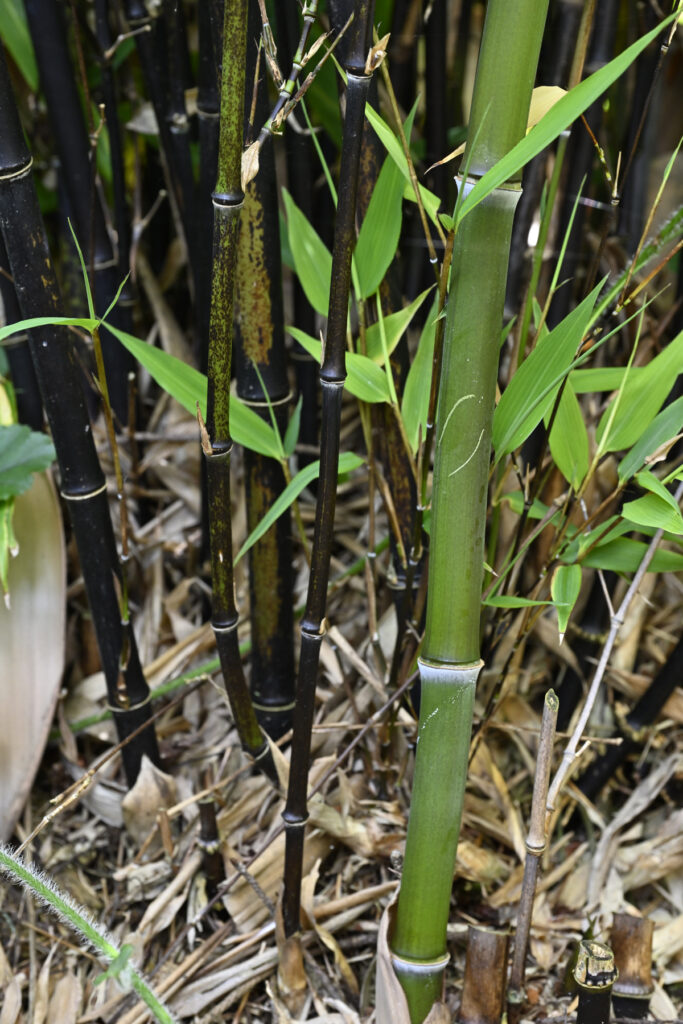
Phyllostachys nigra ‘Black Bamboo’ showing the smaller canes from the purchased nursery pot in the back and the new larger green culms produced two years later. Photo © Kay Torrance
What is Bamboo?
Bamboo is the tallest member of the grass family. Believed to originate in China, over a thousand species are growing worldwide in various climates. Some timber varieties grow over 100 feet tall with culms over a foot in diameter. In lush tropical environments, varieties can grow three feet a day. You can also find bamboo thriving in the snow-covered foothills of the Himalayas. Most bamboos originate from Asia, but several species of the genus Arundinaria are native to the Southeastern US.
Botanically, the plant is an evergreen perennial. Like all grasses, it has a woody ringed hollow stem known as a culm (commonly called canes). The joints along the culms are called nodes, and branches grow out above the nodes. The plants have an underground stem called a rhizome, and roots are clustered along the rhizome. New plants erupt from rhizomes as buds. These are called shoots once they emerge from the ground. New culms are protected by papery sheaths, which fall off when they mature and harden.
Not only is bamboo beautiful, it is functional. Strong enough for buildings, furniture, and fences, it is still used today in Asia as scaffolding to build skyscrapers. It is a renewable resource for home décor, garden stakes, brooms, livestock food, and charcoal. Tender baby culms are a dietary delicacy.
How Bamboo Grows
Bamboo produces new culms from rhizomes in the spring. They grow rapidly for 30 to 60 days, obtaining their full height. Only then will they start producing limbs and leaves. After the spring surge, bamboo does not generally grow taller or produce new culms until the following year. Individual culms can last 5-15 years before dying if not damaged. Bamboo rarely flowers, and it is typically propagated by division.
Bamboo is generally grouped by rhizome growth habits such as clumping or running. Growth habit is the single most important consideration when choosing a variety for your landscape! Clumping bamboos have U-shaped rhizomes that produce culms that are a shorter distance from the parent. Running bamboos naturally spread by sending new rhizomes many feet away from the parent plant. One hears stories of bamboo taking over yards and damaging sidewalks and foundations. To avoid such problems, carefully choose a variety suited to your selected location. Consider pots or containers instead of direct planting.
Newly divided bamboo typically takes 3-5 years to reestablish its root system and produce full-size canes. More vigorous running varieties take less time, and clumping varieties take longer. In an established grove, the new culms are roughly the same size as the existing ones. Proper sunlight, water, and soil nutrition will establish new plants quickly. Adequate watering in the first year is essential while the roots are established.
The growth habit of above-ground branches also varies between bamboos and is important when selecting bamboo for the right look in your yard. Some bamboos suppress branches on the lower nodes, creating a very upright and open appearance. Some are naturally weeping and have a more informal look. Some have a single branch emerging above a node, while others have multiple branches at each node, producing dense foliage. These branches can be pruned, but selecting a variety with the desired growth characteristics is easier than pruning each year.
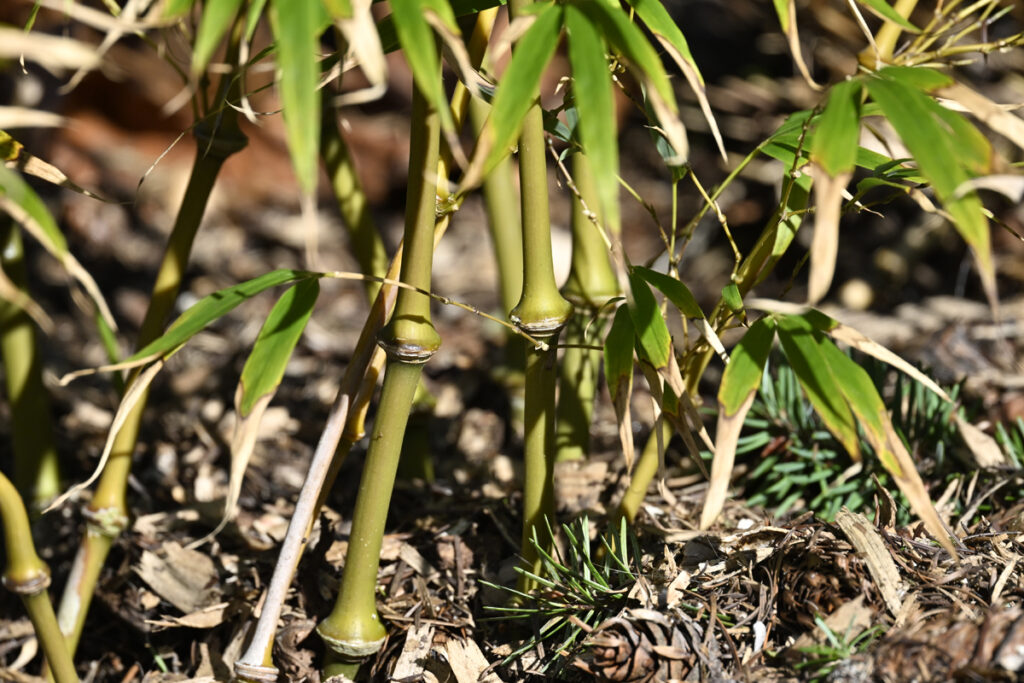
Qiongzhuea tumidissinoda ‘Walking Stick’ bamboo has enlarged nodes. It is a fun variety that grows up to 12′ (less in a container). It is also an aggressive running bamboo, sending rhizomes a long distance from the source and likes to jump barriers. Photo © Kay Torrance
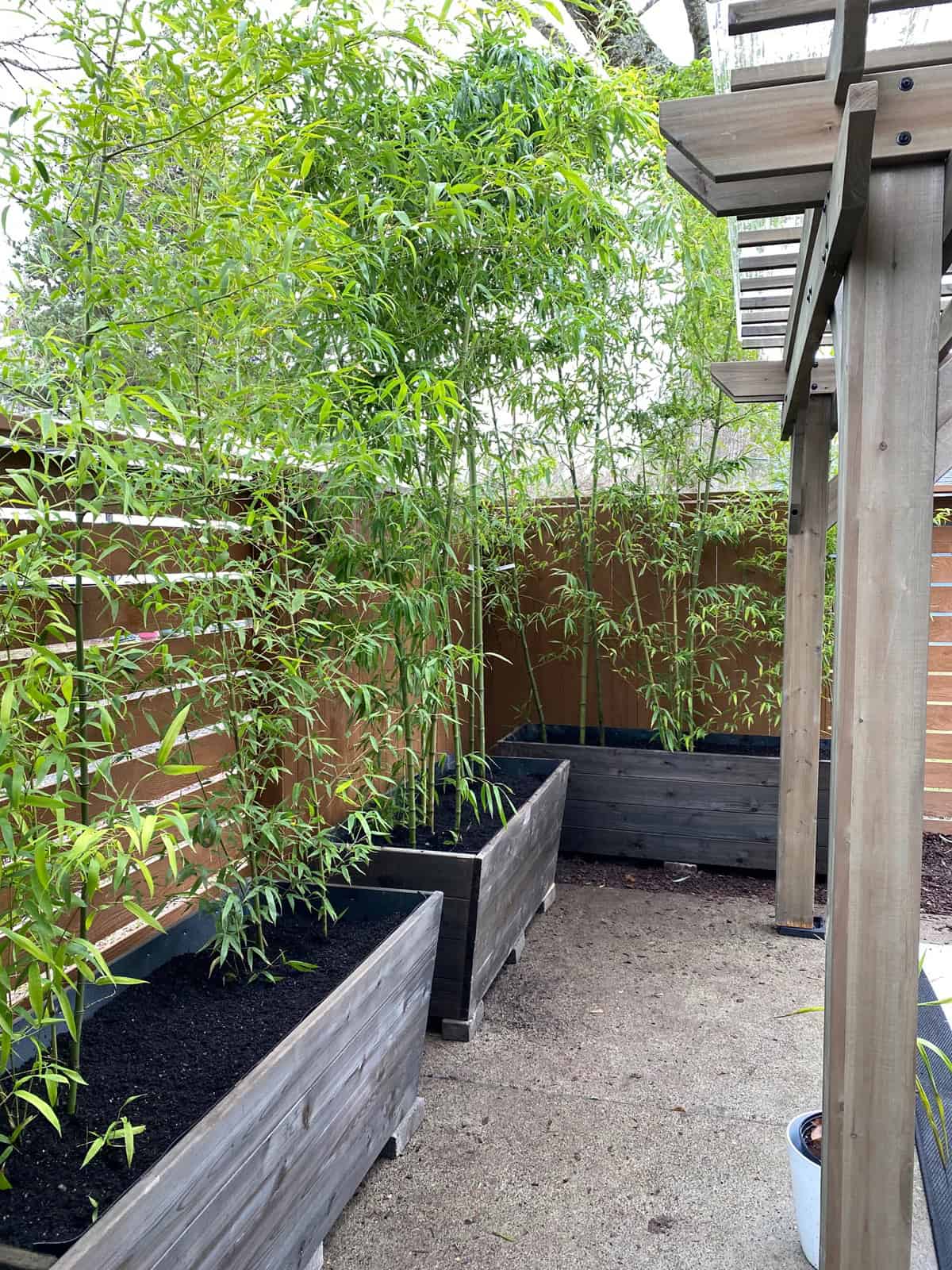
Bamboo garden and planter studio. Photo courtesy of Bamboo Garden Nursery
Varieties and Selection
The American Bamboo Society lists almost 500 kinds of bamboo grown in the US and Canada. Sizes vary from under a foot to over 100′ tall. Many bamboos have gold, blue, red, black, and variegated canes. The nodes can be straight or bulbous, like the walking stick bamboo in Bu Belly or Chinese. There are even varieties with zigzag canes. See the section below for a list of varieties suited for the PNW.
The Pacific Northwest is not an ideal growing location for bamboo. Bamboos grow slower in our cool summers with limited rain. Some bamboos that are invasive elsewhere are not a problem here. For example, Phyllostachys aurea, common ‘Golden’ or ‘Fishing pole’ bamboo, has a reputation for being invasive. However, here, bamboo grows slower than in climates where summer temperatures average 90+ degrees Fahrenheit. If you plant it in the shade, the growth will be slower. A neighbor planted Phyllostachys aurea next to a water garden over 50 years ago. Initially, it thrived, but as conifers grew up around the area, it struggled for light and recently died. Like other grasses, most bamboos can take full sun and will thrive in it. Some prefer part shade. None will grow in full shade.
Is bamboo right for you? Before adding bamboo or any plant to your garden, think about your goals and expectations:
- What do you want to accomplish? Privacy? Texture? Most people select bamboo as a natural evergreen privacy screen or a focal point for their garden.
- How much room do you have? Do you want a forest, a clump, or a pot on your deck? There are varieties appropriate for all of these uses.
- How much maintenance do you have time for? Clumping varieties require less root pruning and are less likely to escape.
- How tall should the plants grow? Although bamboo tolerates pruning well, the resulting boxy look might not be desired. Selecting a variety that matures to the desired height without topping is better.
- Do you want small, delicate leaves that tinkle in the wind or large leaves that rustle? I have a patch of Pseudosasa japonica ‘Japanese Arrow’ bamboo. Its large leaves rustle delightfully in a breeze, growing only to 15′. It provides year-round privacy but is a running bamboo, so its growth needs to be limited with semi-annual root pruning.
- Is there a color preference? In addition to solid green, culms can be yellow, orange, red, blue, silver, or even variegated. Leaf colors can be shades of green, yellow, blue, silvery, and variegated. Beware that many colorful bamboos are from the tropics, so choices for the PNW are limited.
- Do you want pencil-width stalks, medium size, or a diameter measured in inches? If you want a cane that is an inch across, make sure you have room for a forest. If you choose a large-diameter bamboo, you can have bamboo canes for projects around your home. Small-diameter culms can provide endless plant stakes, craft supplies, and weaving material. Having uses for pruned canes makes maintenance enjoyable.
- Are you looking for an open upright structure or a dense natural fence? Running bamboos have more space between the culms and a more upright appearance. Clumping bamboo culms grow more closely together. Some bamboos have more horizontal branches that make a good privacy screen.
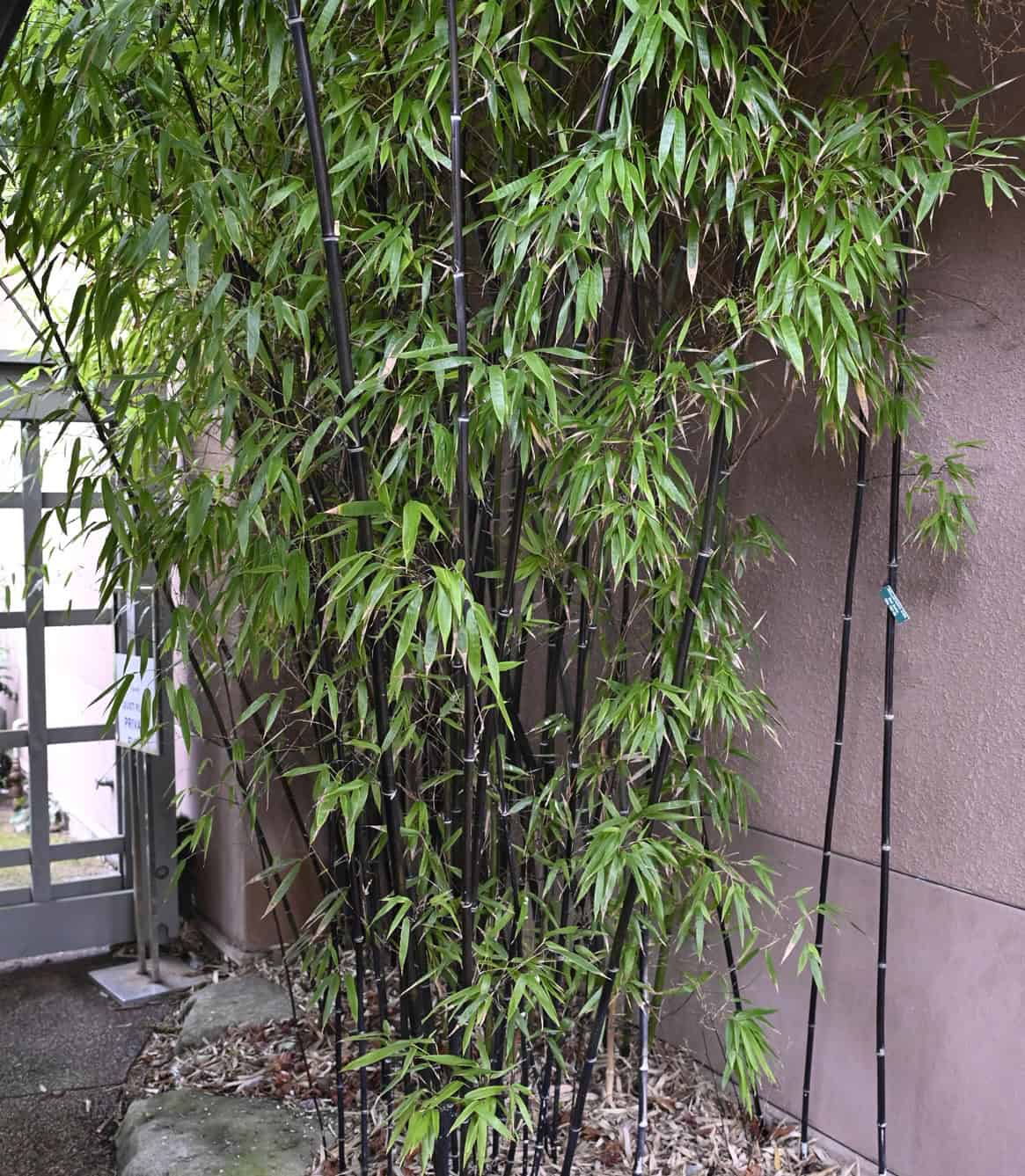
Phyllostachys nigra ‘Black Bamboo’ grown against a foundation and contained by a sidewalk at the Elisabeth C. Miller Library in Seattle. In this shady contained location, it will not grow to its unconstrained height of 35′. Photo by Kay Torrance
If you are considering bamboo:
- Avoid buying large (over ½ mature culm size) running bamboo unless you are committed to containing and maintaining it. See maintenance requirements below.
- Avoid planting a hedge of any type of bamboo along a property line for privacy and not building a containment system along the property line to keep it on your side.
- Avoid planting bamboo in areas where there is irrigation or where you fertilize routinely. It will grow fast and require more maintenance. Bamboo planted next to turf lawns will soak in all that water and fertilizer and grow quickly.
Planting and Management
Even though bamboo is likely filling the role of a shrub or tree in your yard, manage it like the grass it is. If you want to contain a plot of grass, you either put a barrier in the ground to redirect the root growth, or you can edge (cut) the roots. The same method is required to contain a stand of bamboo. Bamboo rarely seeds and is surprisingly difficult to propagate from seed.
Container Planting
The most obvious barrier to preventing bamboo spread is planting it in a pot or container. Like any potted plant, it will need to be thinned every few years or become a root-bound mess. Choose straight-sided pots and use a perennial root-cutting blade to reduce the size. You can build wooden planters with a removable side, making thinning easier. Don’t wait too long. The job just gets more challenging.
Root Barriers
You may have a natural root barrier, such as a rocky terrain or a pond. Despite its tropical appearance, bamboo does not like wet feet. It makes a great companion planting around ponds and will grow best on a small mound, elevating its roots from moisture. You can use a densely forested area as a natural barrier, as bamboo needs some sun. You do not want to plant larger or timber bamboo close to your home, driveway, or sidewalks. Clumping bamboo can also put a lot of pressure on a barrier or pot. Allow room on all sides of the barrier to do maintenance. Don’t install a barrier right on a property line. Set it back about two feet so you can manage the back side.
Most yards do not have suitable natural barriers, so fabricated barriers are needed. Typical bamboo root depth is around 8-12″, with some timber bamboo roots reaching around 18″. A healthy bamboo with vigorous roots will try to dig under or over the top of your barrier, so a barrier height of 24″ is common. Barriers up to 30″ may be required for timber bamboo. If you mound your bamboo, a shallower barrier can work.
You can use metal, wood, or fabric as barriers. Metal will rust and disintegrate over time, and wood will rot. The most long-lasting barriers are either rigid 40 mil HDPE (high-density polyethylene) or flexible EPDM (ethylene propylene diene monomer). Alternatively, you can buy a thick EPDM pond liner and cut it to size. Standard landscaping fabric is insufficient for control. You can buy molded pond liners in various shapes and fill them with dirt instead of water. You will need to cut holes in the bottom so they drain, but don’t cut them too close to the sides.
Barriers will do a good job of containing the bamboo, but you still need to inspect the area during the spring and summer and check for the occasional rhizome trying to go over or under the barrier. The bamboo stand will overgrow its area over 3-7 years and must be thinned. It is best to do this before the roots become a solid mass and are hard to cut. Plan on removing a third of the bamboo every 3 years. Battery-operated or electrical reciprocating saws with long wood or pruning blades make the job easier.
Perimeter Trench
Another method of containment is a loosely filled perimeter trench. Dig an 18″ deep trench about 12-18″ wide around the bamboo location. Fill it with sand, pea gravel, or loose soil. Don’t use soils with silt or clay, as they will compact and harden over time. Bamboo rhizomes will continue to grow and expand freely when they enter the trench. In the fall or early spring, use a spade (the ones with serrated blades work best), root saw, or reciprocating saw with a long blade and work around the perimeter, cutting off and removing any new growth that has entered the trench. Make sure to pull out all of the rhizomes. You do not need to worry about the fibrous roots.
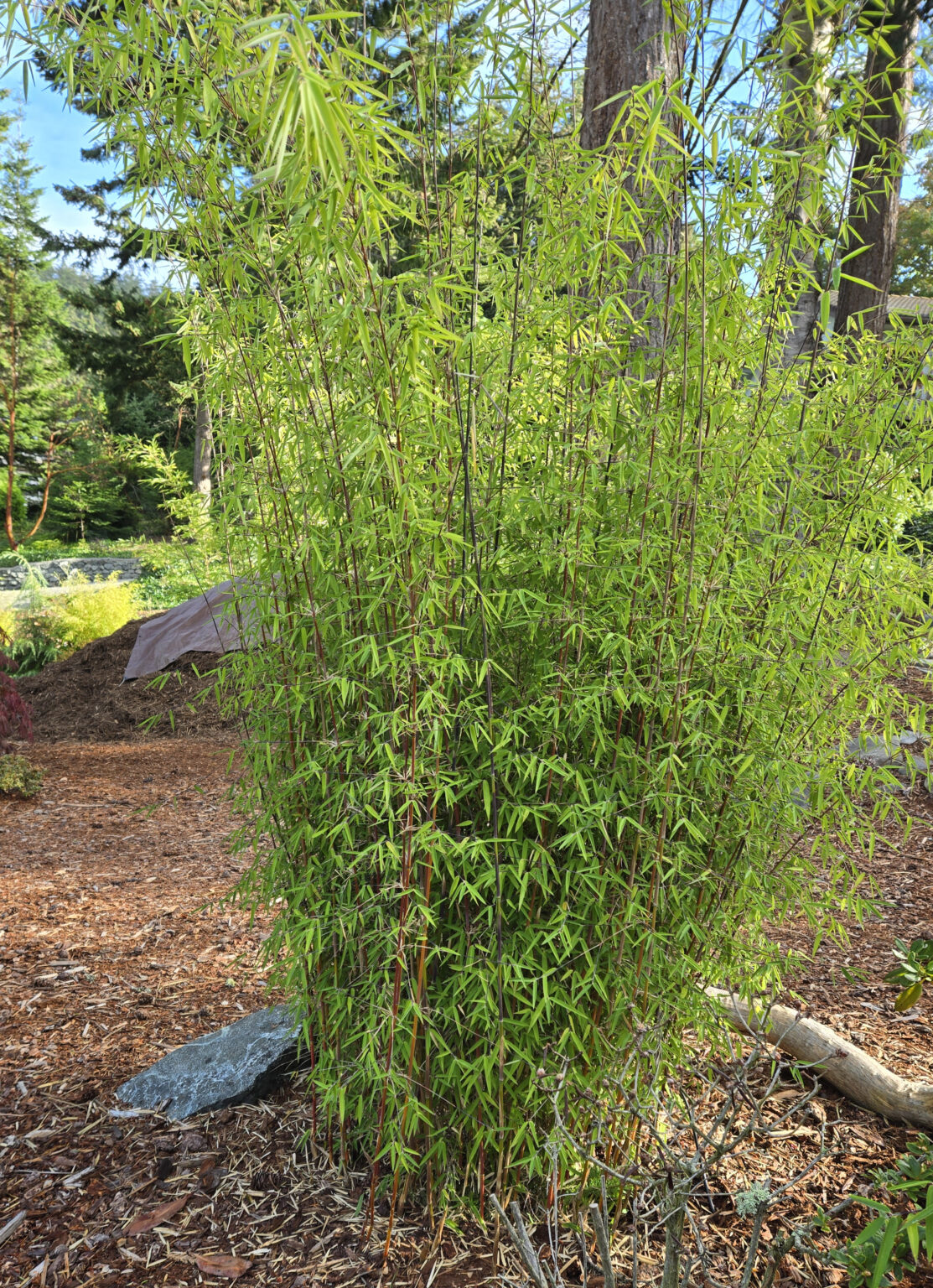
Fargesia nitida ‘Jiuzhaigou’is a clumping bamboo. This cultivar is ‘Red Fountain’ with red canes. Many cultivar of this variety can be found with different colored canes. © Photo by Kay Torrance
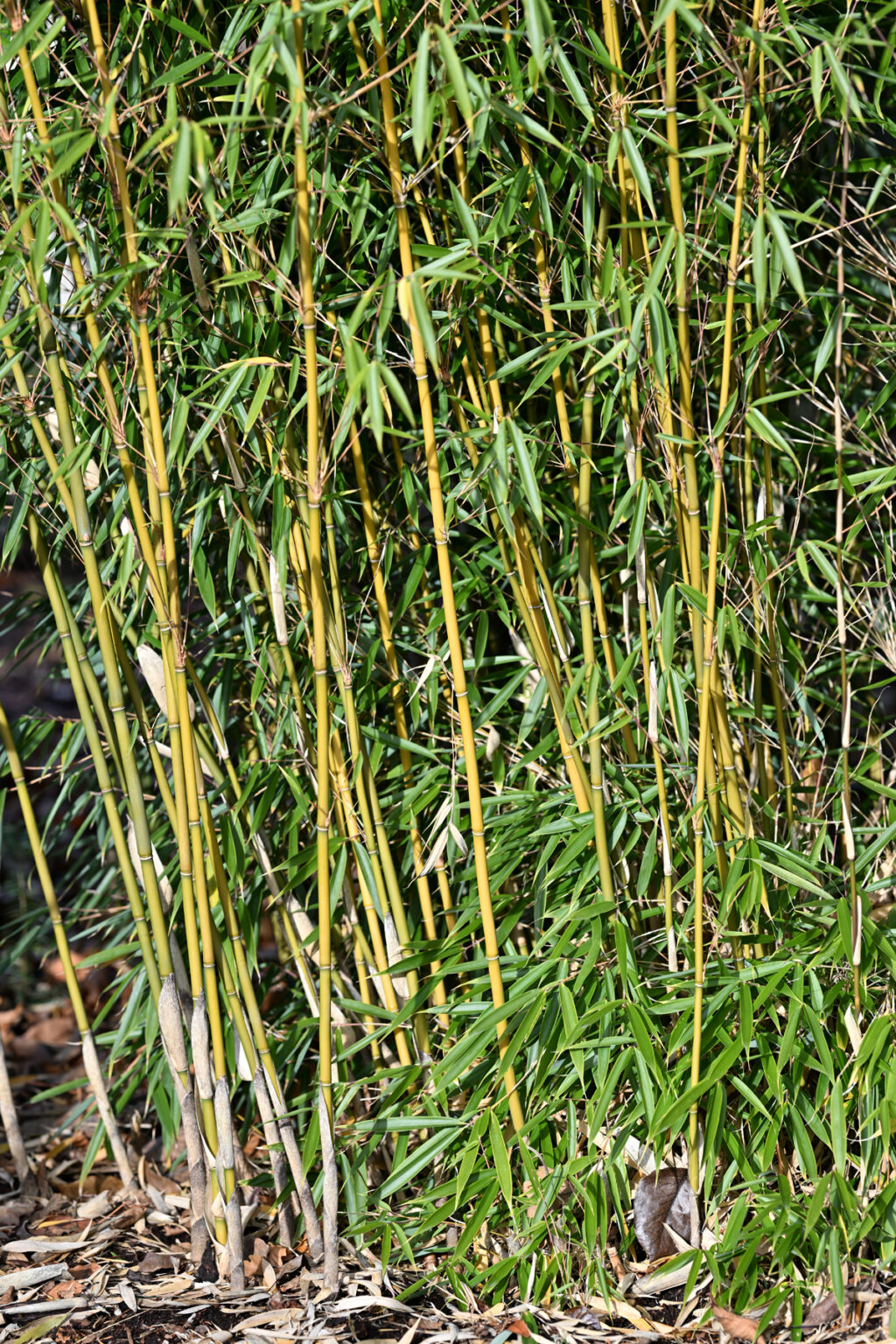
Fargesia robusta ‘Campbell’ is a clumping bamboo with ¾” canes. © Photo by Kay Torrance.
Removing Shoots and Mowing
Another method of control is simply removing unwanted shoots at the ground level or just below. It is easiest to do in the spring when they are tender. They will not grow back. For smaller-diameter bamboo, you can use your lawn mower to run over unwanted culms anytime.
Pruning the Foliage
Bamboo foliage doesn’t need a lot of maintenance. Varieties with many horizontal branches can be legged up to showcase the culms better. If you need to control the height, bamboo is very tolerant of topping. However, it saves work to choose the right-sized bamboo for your location.
You should thin the canes every year or two. If the canes are not thinned, the grove can become very dense and vase-shaped as culms compete for sunlight. Cut the canes anytime during the year at or below ground level, removing no more than a third of the canes each year. New canes are not as strong, so thin the oldest canes. Old canes have many uses, so think of this as harvest time.
Rejuvenation or Removal
Rejuvenation often requires removing a large portion of the bamboo grove. The easiest way to kill all or part of the plant is to remove the unwanted canes at ground level or just below it and not let them grow back. Remove bamboo with small-diameter canes with a lawn mower; larger canes will require a lopper or a saw.
Bamboo needs nourishment from the canes and will die without it. It is best to use this method right after the new culms have reached full height in early summer. The plant has just expended a great deal of energy sending up the culms and will be severely weakened by pruning. It will try to regrow, so make sure to follow up. It can take one to three years before the plant is completely dead. Make sure to shut off irrigation and sprinklers in the area. This method leaves the roots in the ground but they will rot in a year or two.
If you need immediate removal of the plant and rhizomes, the only solution is digging. It is best done when the soil is moist. Cut the canes at one foot (or so) above the ground and use them to help pull out the rhizomes. Get all the rhizomes, but don’t worry about the fibrous roots. As for other methods, there are many: applying chlorine, salt, vinegar, and even gasoline. These contaminate the soil. They may kill the bamboo, but they will destroy the soil ecology and everything nearby.
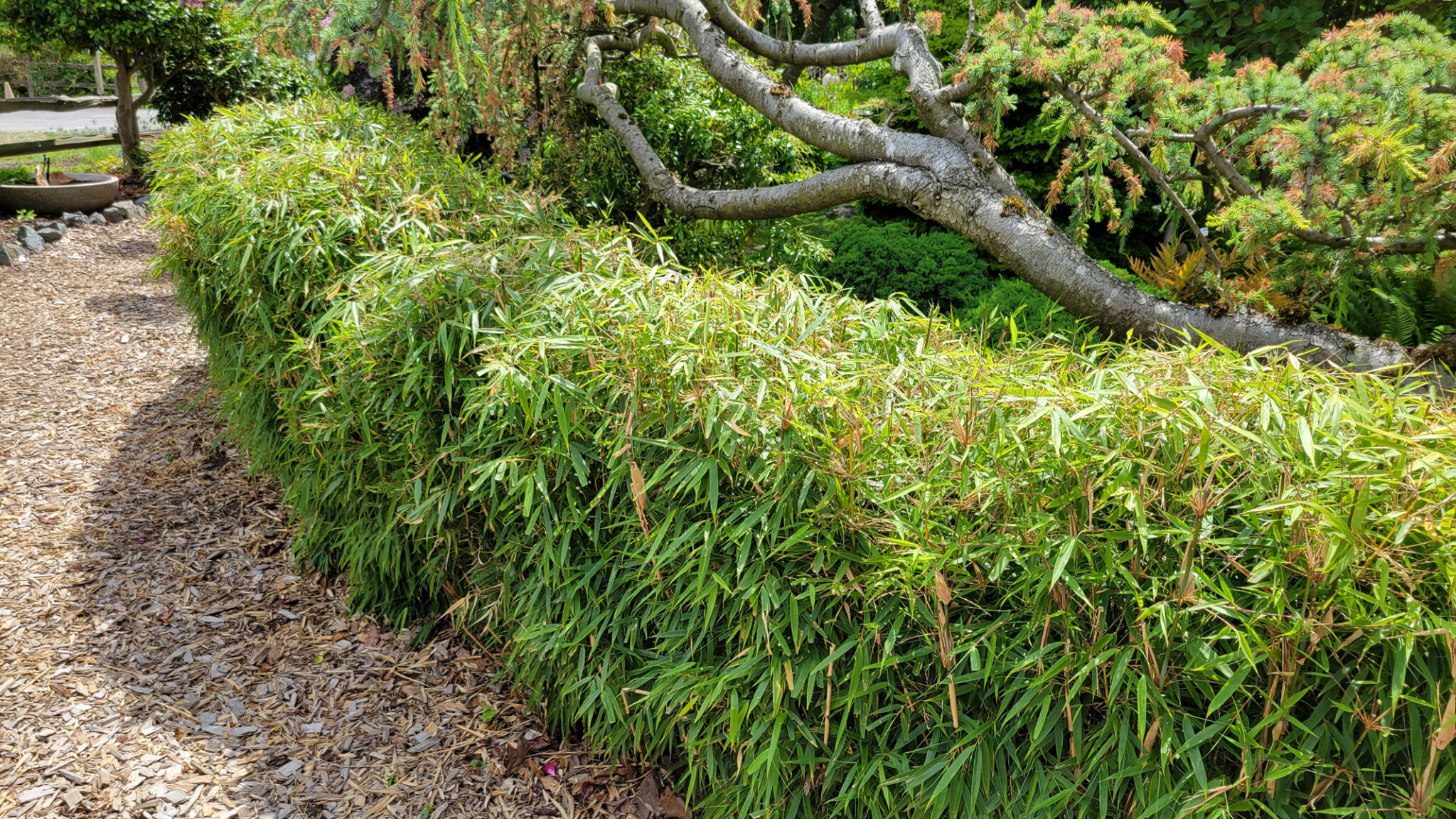
Fargesia dracocephala ‘Rufa’ ‘Dragon’s Head’ at the WSU Discovery Garden. This clumping bamboo has a loose weeping habitat so the hedge has been pruned to keep it off the path. Bamboos tolerate pruning well as long as adequate leaves are left for plant health. © Photo by Kay Torrance
Purchasing Bamboo
If you are still reading and anxious to start, don’t rush out and buy the first plant you find. Many nurseries carry only one or two varieties of bamboo. Often, they choose varieties that grow fast and are easily divided, which may not be what you want.
When choosing plants:
- Avoid plants that are pot-bound with circling roots. These plants will usually have the culms growing right next to the outer edge of the pots, and sometimes, the pots will bulge where the rhizomes are overcrowded.
- Like most plants, a larger pot with more mature culms will establish quicker than a recently divided plant with one or two culms.
- Pay attention to the label. Expect that it will take 3-5 years for plants to reach its established height. The old adage about the first year a plant sleeps, the second it creeps, and the third it leaps is very true of bamboo. It is normal for nursery wholesalers to prune the stalks when dividing or transporting stock, so don’t go by what you see for height.
- Check the label for growing zones. Cold tolerance is important. Some lovely bamboos are marginal for our area. A hard, prolonged freeze might kill them, or they may die down to the ground. If the rhizomes survive, they can take years to recover.
If you can’t find what you want locally, consider mail order. Many bamboo specialty nurseries and Japanese botanical gardens have groves of mature plants for reference. Do research online. There are lots of pictures of bamboo staged with a person for scale. Plan to plant your bamboo in the spring or early summer to establish roots before any freezes. For the first summer, bamboo needs regular water and heavy mulch.
Variety Suggestions
- Fargesia nitida ‘Jiuzhaigou’ is a short and slender clumping variety of bamboo that grows 8-10′ tall. Many colorful cultivars are available, such as ‘Red Fountain’ and ‘Black Cherry’. The canes are pencil-thin with tiny leaves. It has a dramatic vertical growth habit and is very manageable both individually and as a hedge.
- Fargesia rufa ‘Sunset Glow’ is a small clumping bamboo that grows 5-10′ tall with 1/3″ red-orange canes, medium-sized leaves, and a weeping growth habit. Suitable as a shrub in a grouping or a short, dense hedge to provide color.
- Fargesia dracocephala ‘Dragon’s Head’ is a clumping bamboo that grows 8-12′ with 1/2″ canes. It also has a weeping fountain-shaped appearance with medium-sized leaves that sway in the wind. Good for a dense hedge, but allow room for it to lean.
- Fargesia robusta ‘Campbell’ is a clumping bamboo that grows to 12-15′ with ¾” canes. The canes start green but age to a pale yellow. Very upright and tight culm spacing with large leaves. Makes a very dense hedge or large 15-20′ grove. It tends to become vase-shaped if culms are not thinned to allow light to reach the center. Canes are straight and strong.
- Qiongzhuea tumidissinoda, known as ‘Walking Stick’ bamboo, has ½” canes with enlarged nodes. It is only recommended for containers as it is an aggressive and agile runner. It grows 10-15′ but less in containers.
- Pleioblastus viridistriatus is commonly called ‘Greenstripe’ bamboo. It is widely available and grows 2-3′ with tiny canes. It has chartreuse and cream-colored variegation in the leaves. It is unusual because it is deciduous, losing its leaves in the winter. It is a great container plant or tall ground cover. Due to its small size, many people control it with their lawnmower instead of barriers or pruning.
Finally, if you are looking for the impact of a bamboo forest, look for a medium-height running bamboo to plant inside a barrier or container. The iconic Phyllostachys nigra ‘black timber’ bamboo is a good choice. However, the variety is currently undergoing a mass flowering event. Bamboos only flower every 30-120 years, depending on the species. After flowering, the entire plant dies. Since most bamboo is propagated by division, the plants of a particular variety are all identical. They will die en mass worldwide until they return from the notoriously tricky seeds to germinate. That is what is happening now with the beloved black bamboo. For now, if you are looking for the aesthetics of a timber bamboo, try one of the Phyllostachys. The variegated Phyllostachys aureosulcata ‘Yellow Groove’ is a good choice that sports an occasional zigzag cane or perhaps the classic Semiarundinaria fastuosa ‘Red Temple’, for more color.
Is there a blog topic you’d like to learn more about?
Share your ideas with the blog editors in the comment section below.
RESOURCES:
Heinricher, J. and Flemmons, K. (2006) Discovering Bamboo. Boo-Shoot Gardens LLC
Meredith, Ted Jordan (2006) Timber Press Pocket Guide to Bamboos, Timber Press, Portland, OR
Farrelly, D. (1984) The Book of Bamboo: A Comprehensive Guide to This Remarkable Plant, Its Uses, and Its History.Sierra Club Books, San Francisco, CA
Stangler, C. (2001) The Craft & Art of Bamboo. Lark Books; New York, NY
American Bamboo Society. https://www.bamboo.org
WSU Vegetable Research and Extension. https://vegetables.wsu.edu/crops/bamboo/

Kay Torrance
AUTHOR:
Kay Torrance has been a Skagit County WSU Extension Master Gardener since 2019. She is garden coordinator of the Naturescape garden and pond in the Discovery Garden on SR 536 west of Mount Vernon. https://skagitmg.org/home/discovery-garden/
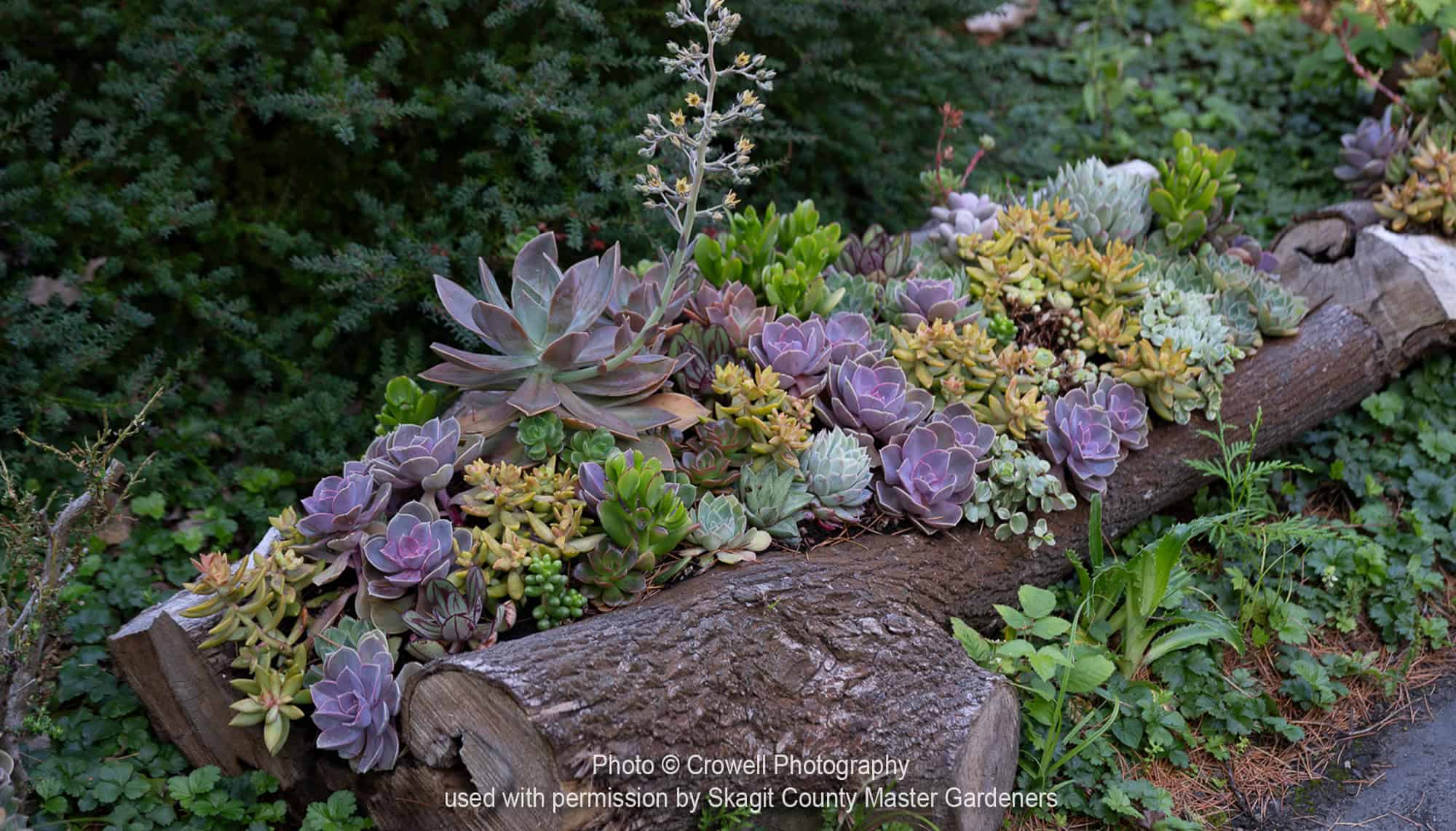
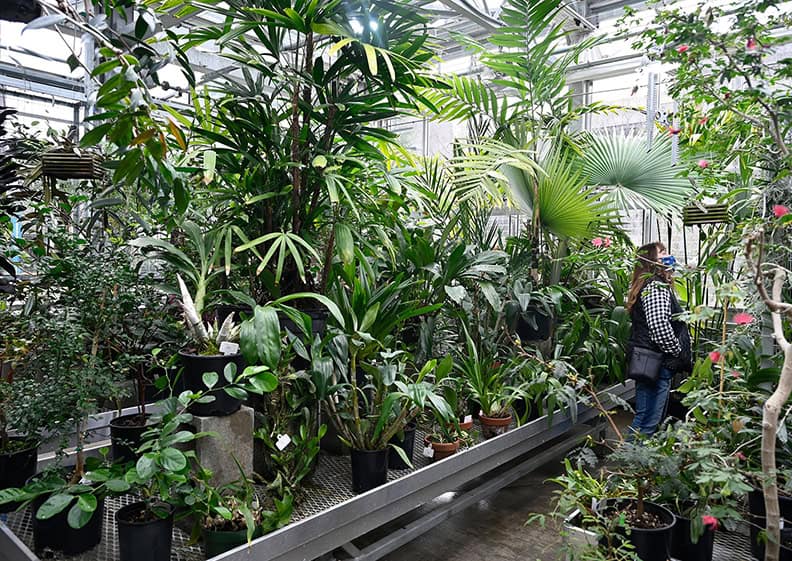
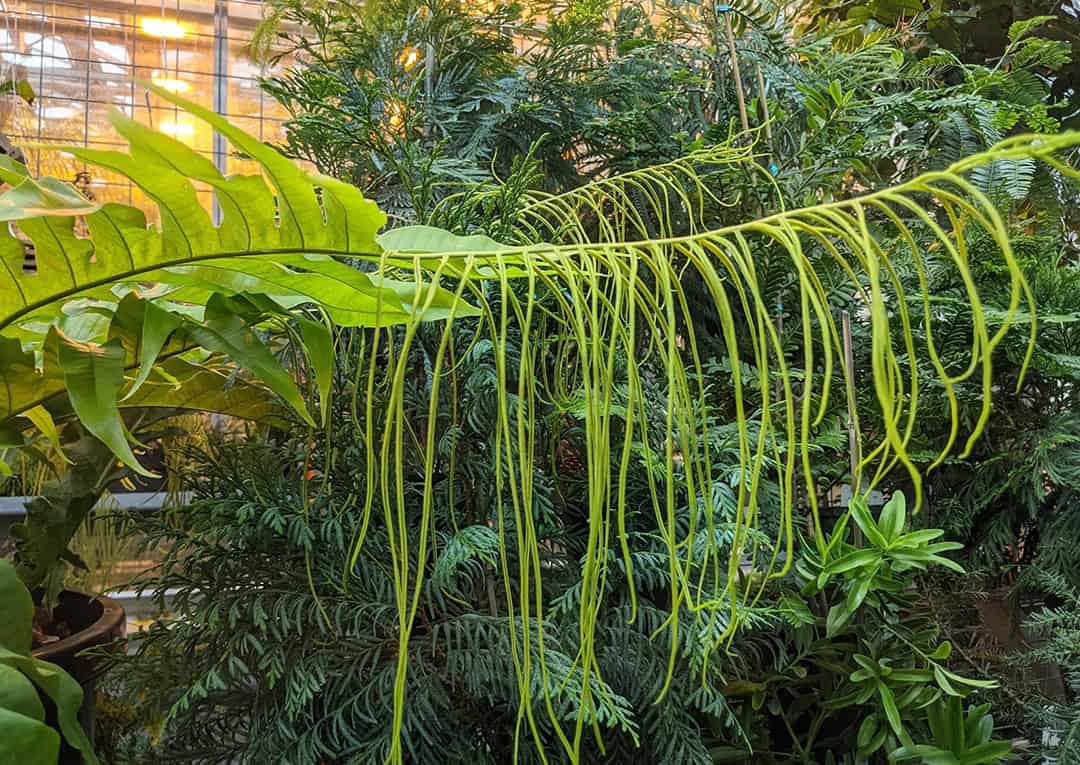
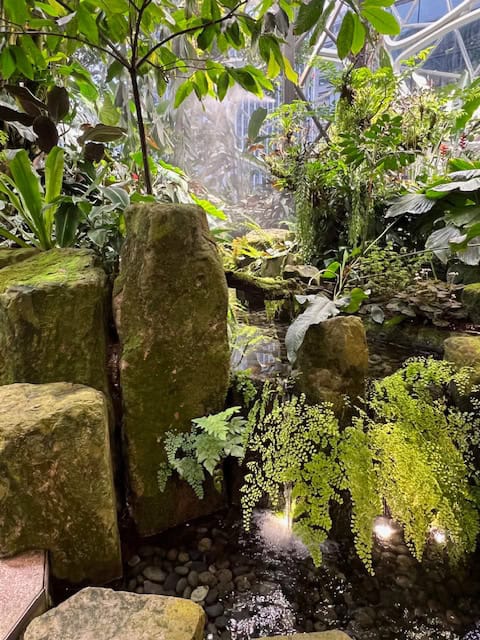
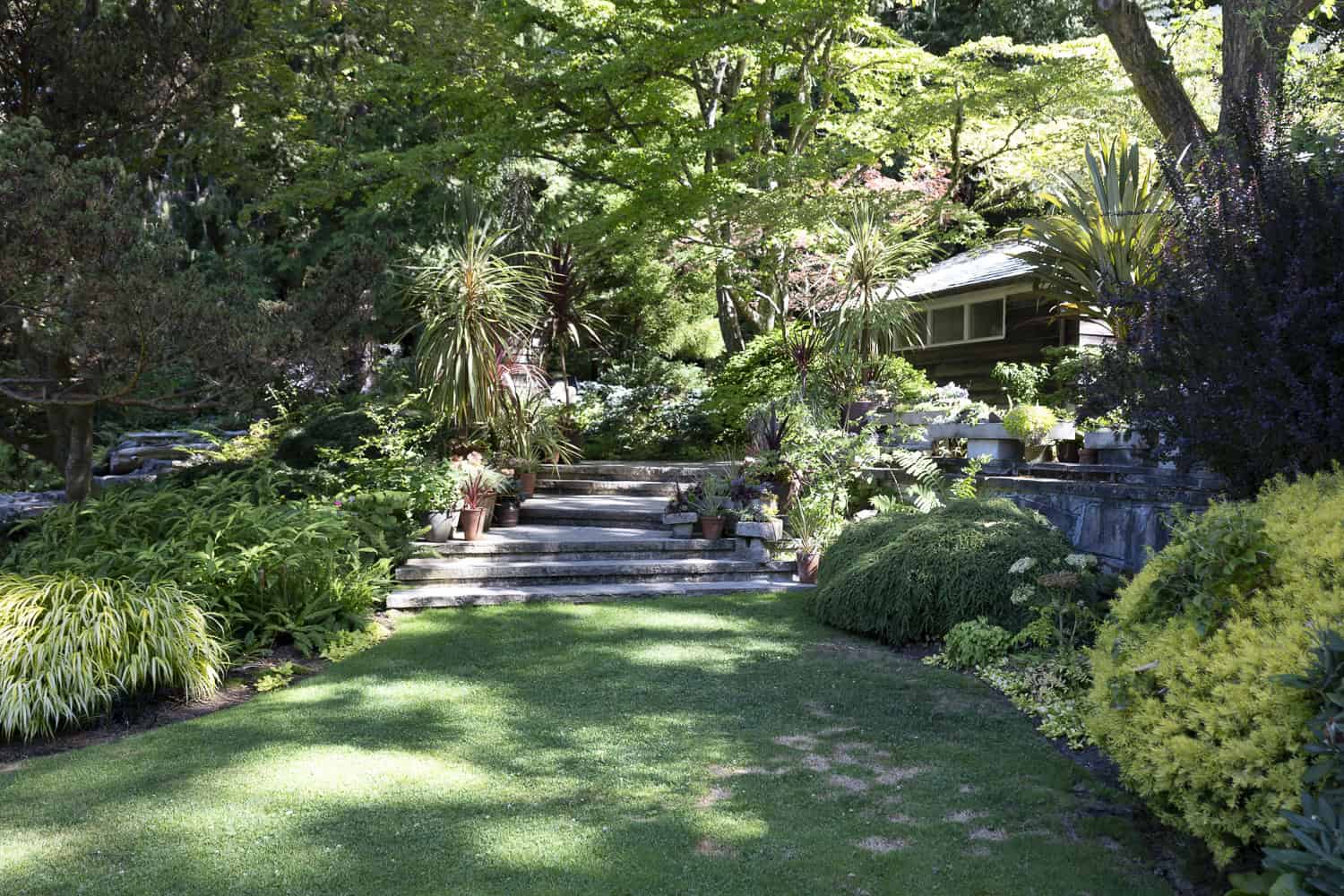
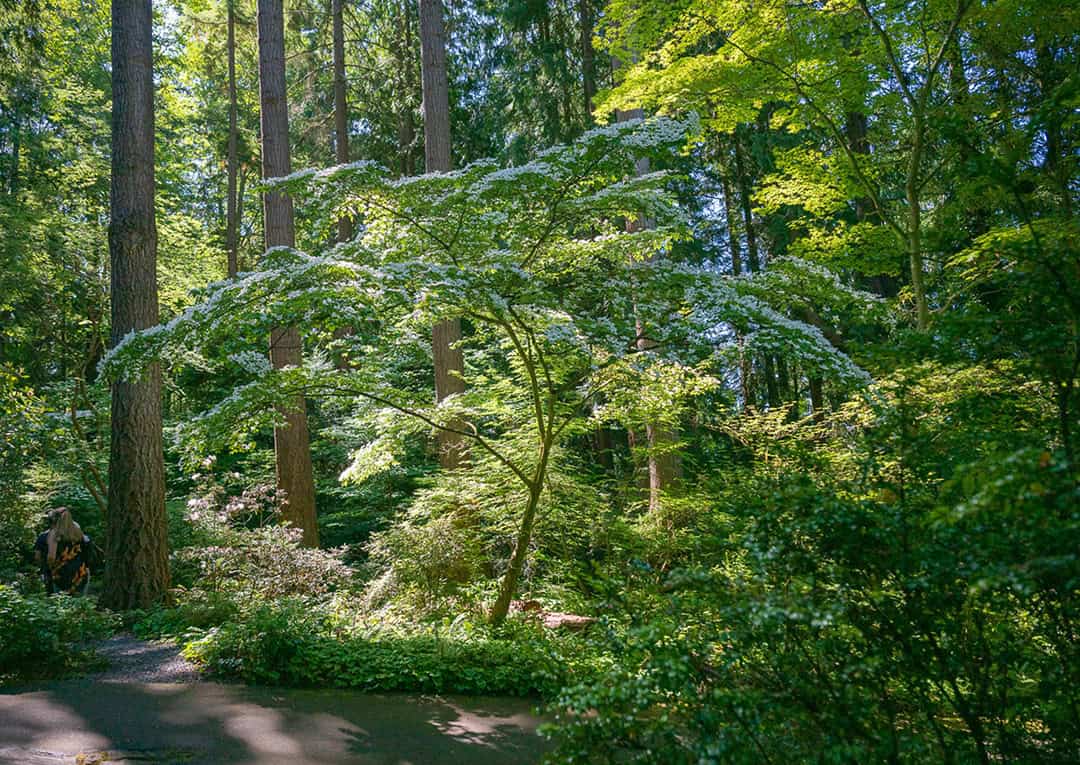
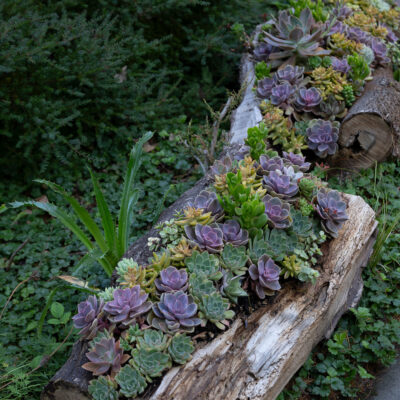
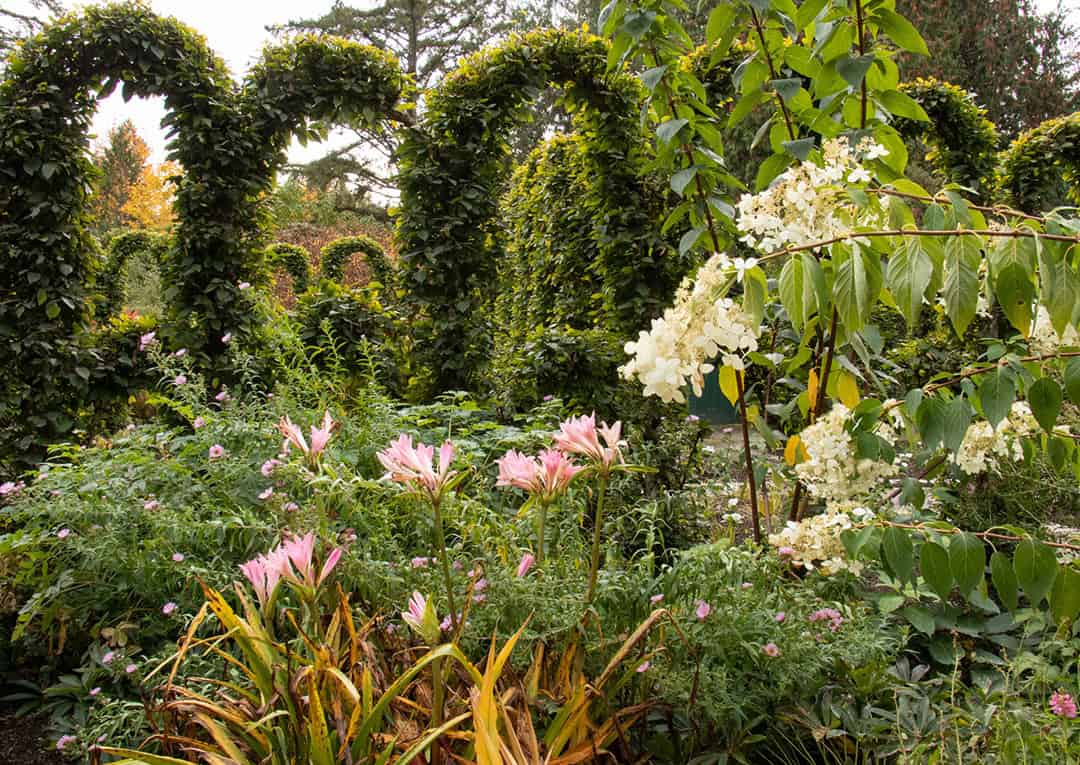
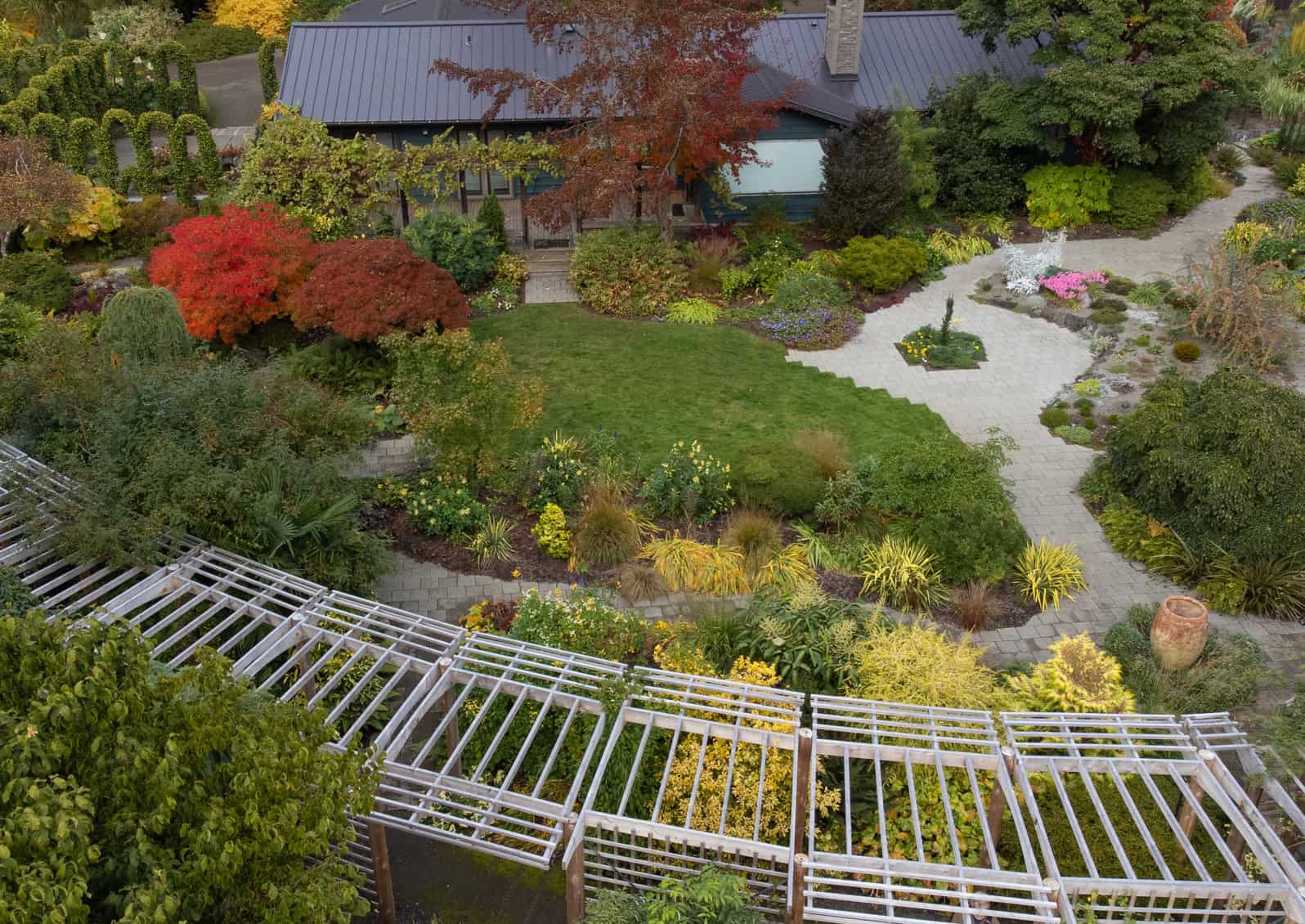
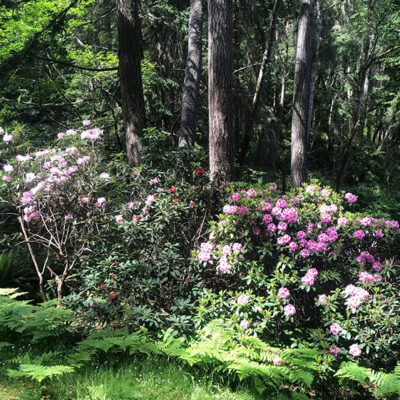
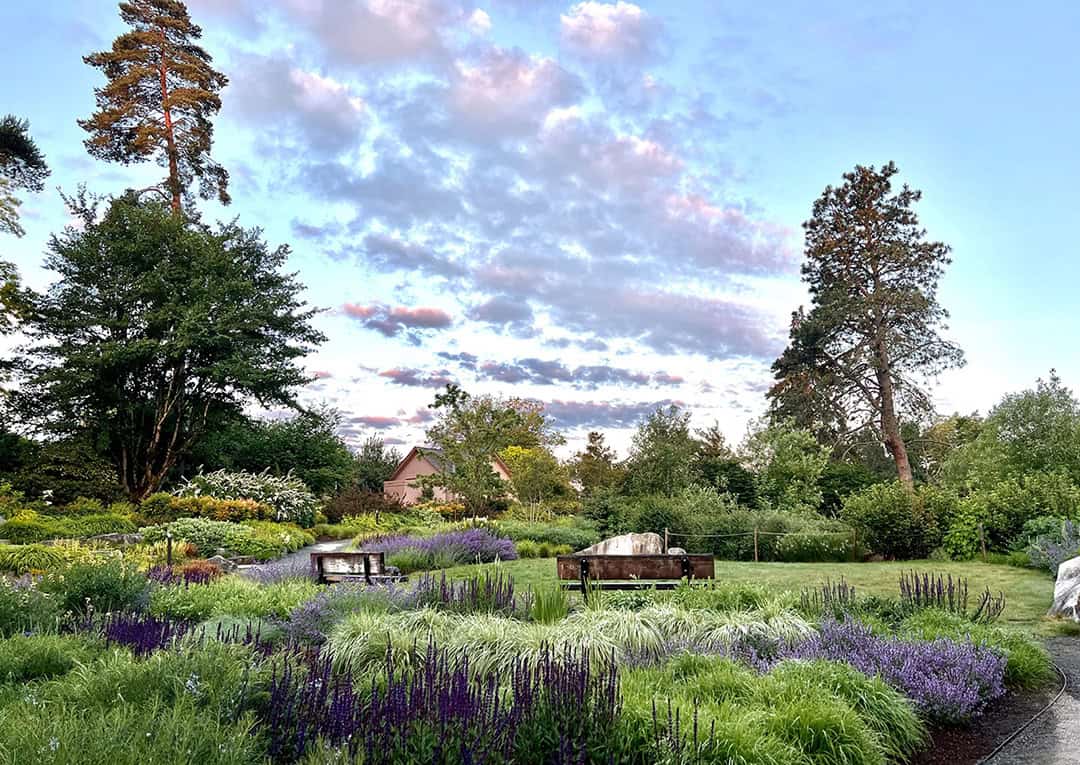
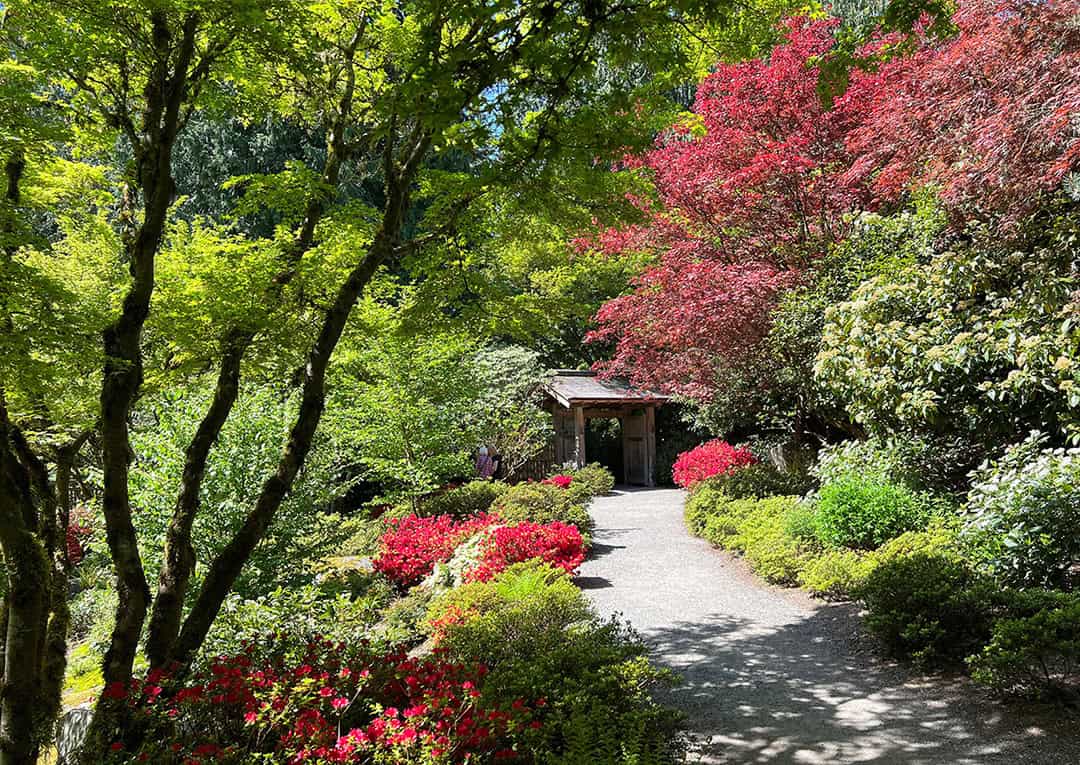
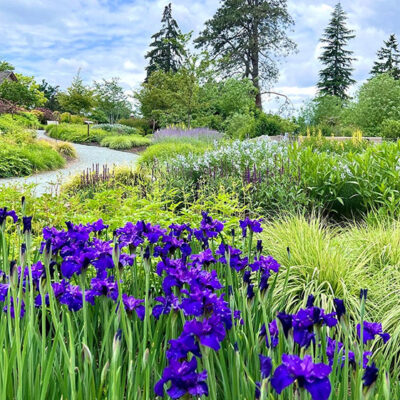
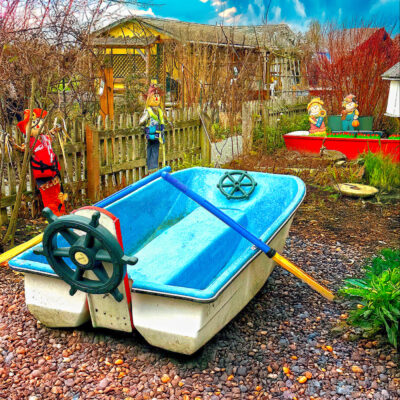
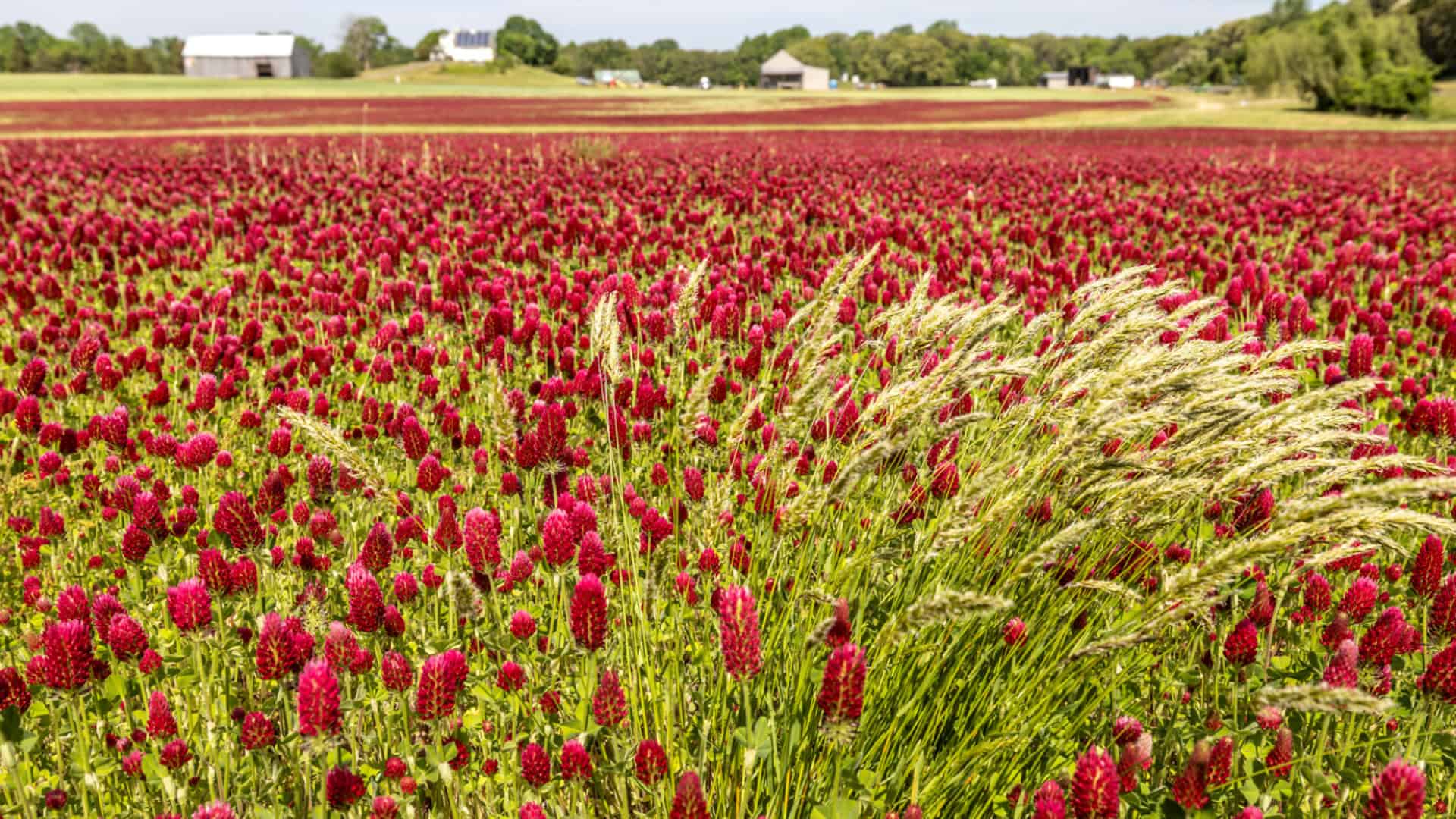



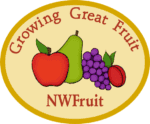 Sample Apples and Pears at NW Fruit
Sample Apples and Pears at NW Fruit
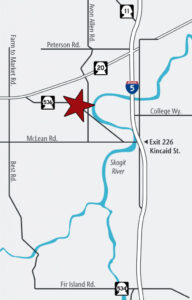
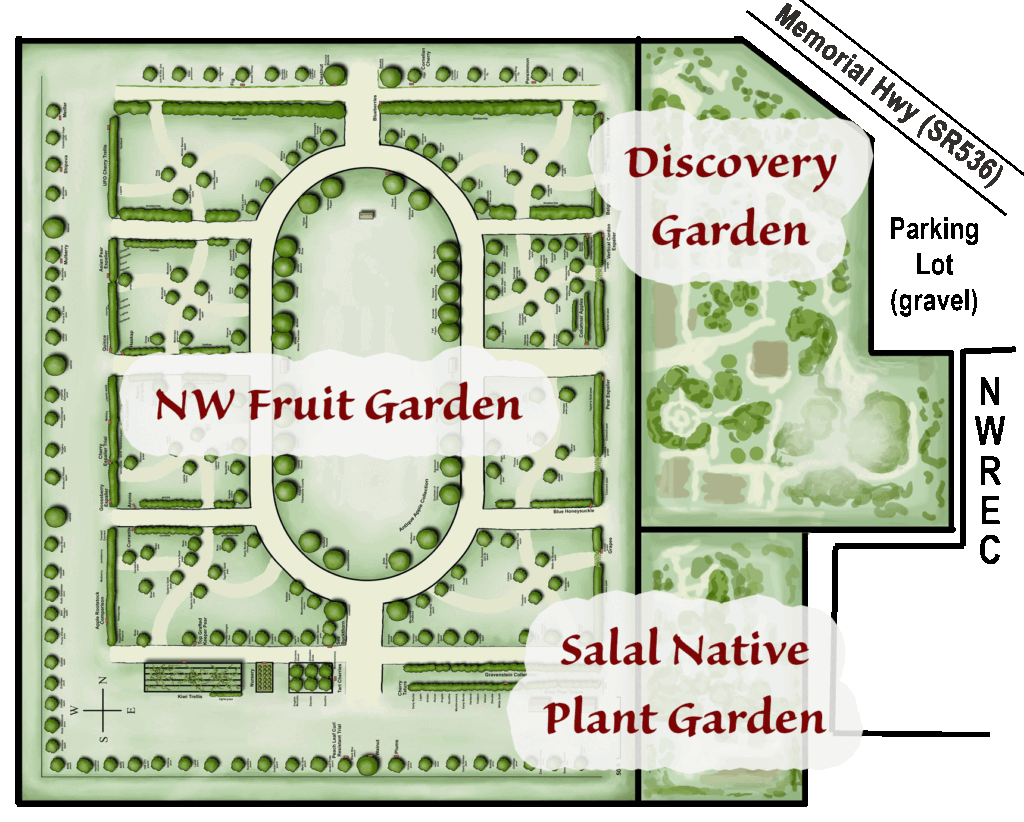 The Skagit Valley is home to three display gardens operated by volunteers as a learning resource for the public: the WSU Extension Master Gardener Discovery Garden, the Salal Native Plant Garden, and the NW Fruit Garden. The gardens are co-located on the grounds of Washington State University (WSU) Northwestern Washington Research and Extension Center (NWREC) in Mount Vernon, WA (
The Skagit Valley is home to three display gardens operated by volunteers as a learning resource for the public: the WSU Extension Master Gardener Discovery Garden, the Salal Native Plant Garden, and the NW Fruit Garden. The gardens are co-located on the grounds of Washington State University (WSU) Northwestern Washington Research and Extension Center (NWREC) in Mount Vernon, WA (

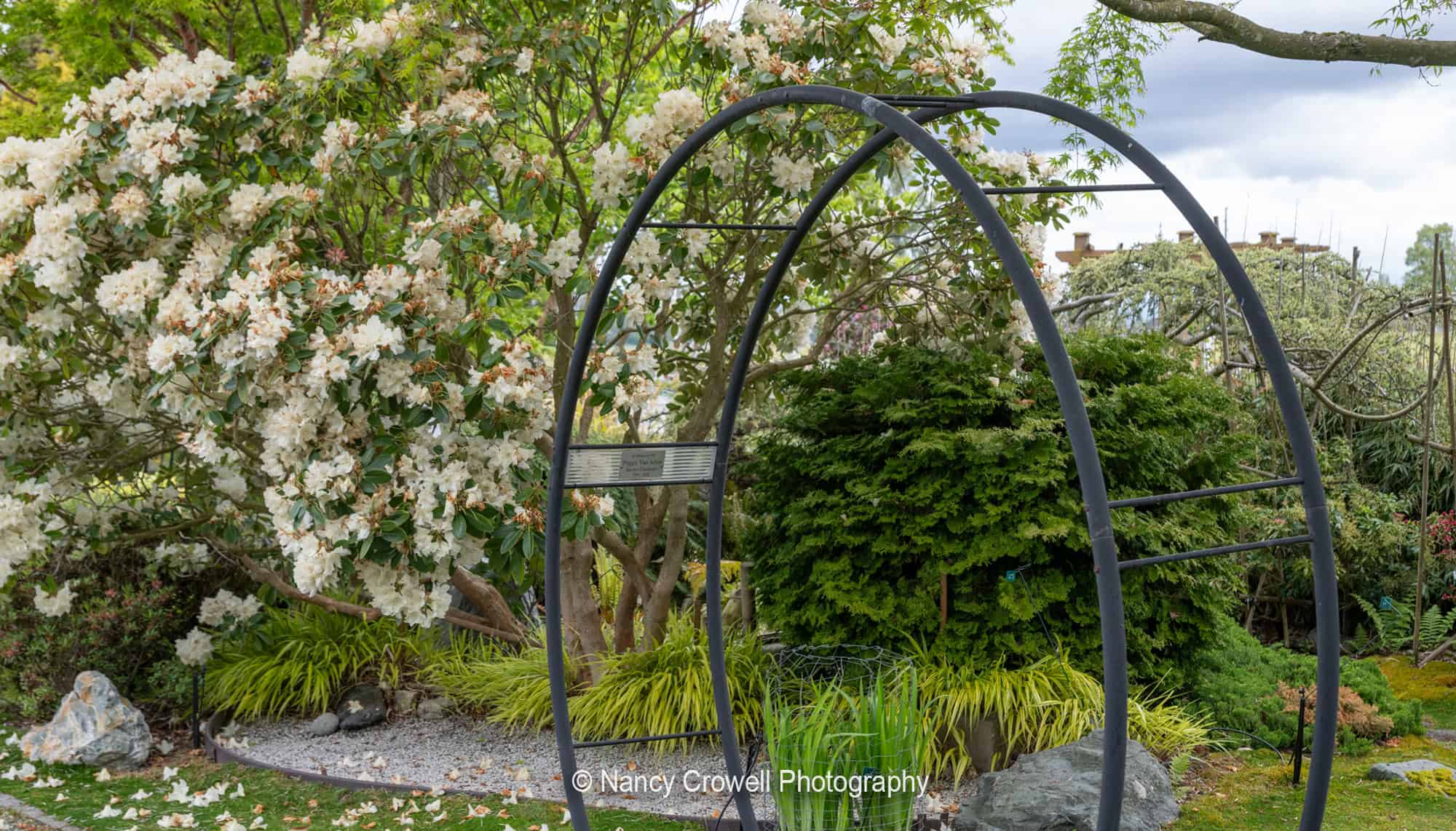
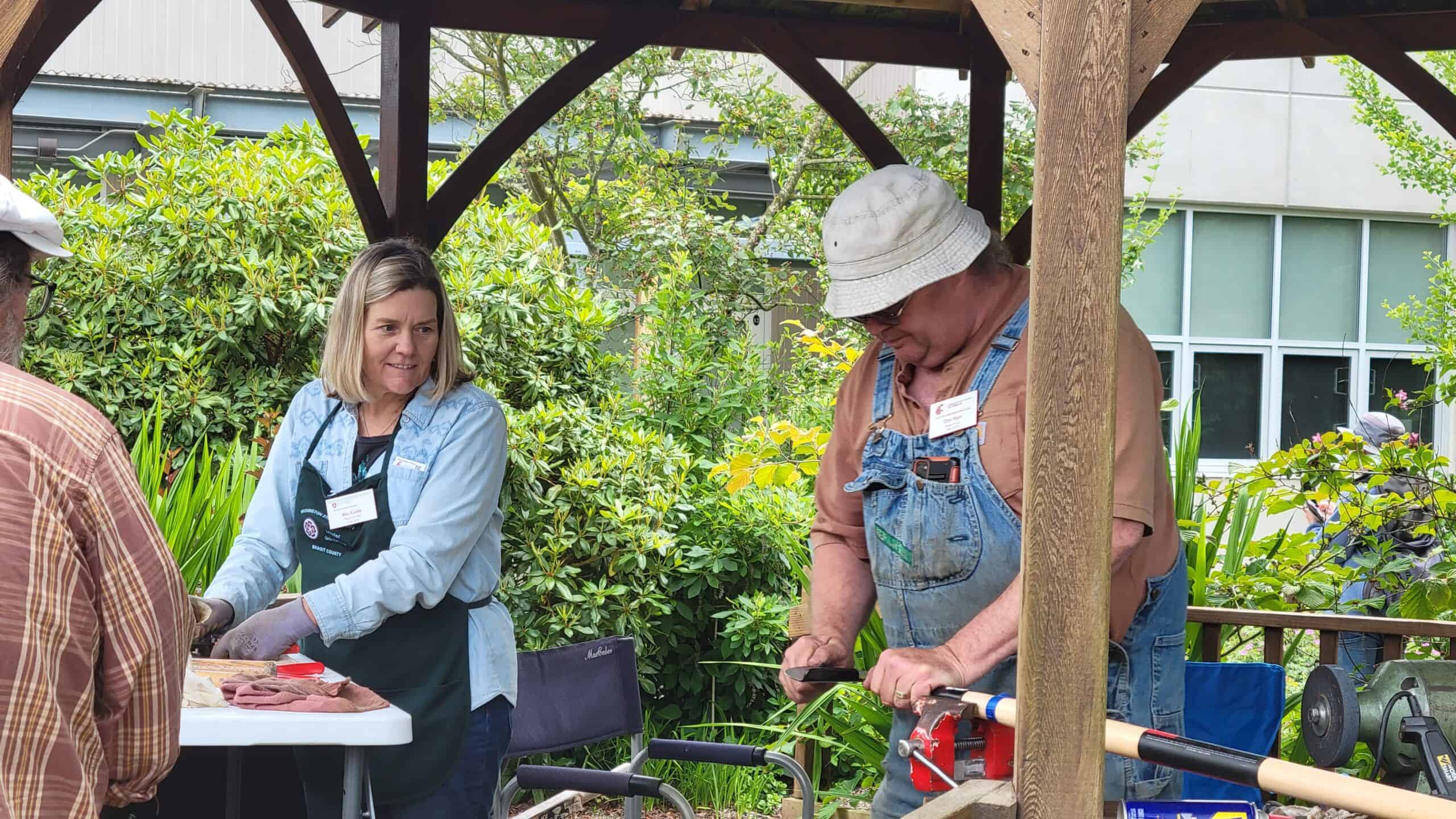
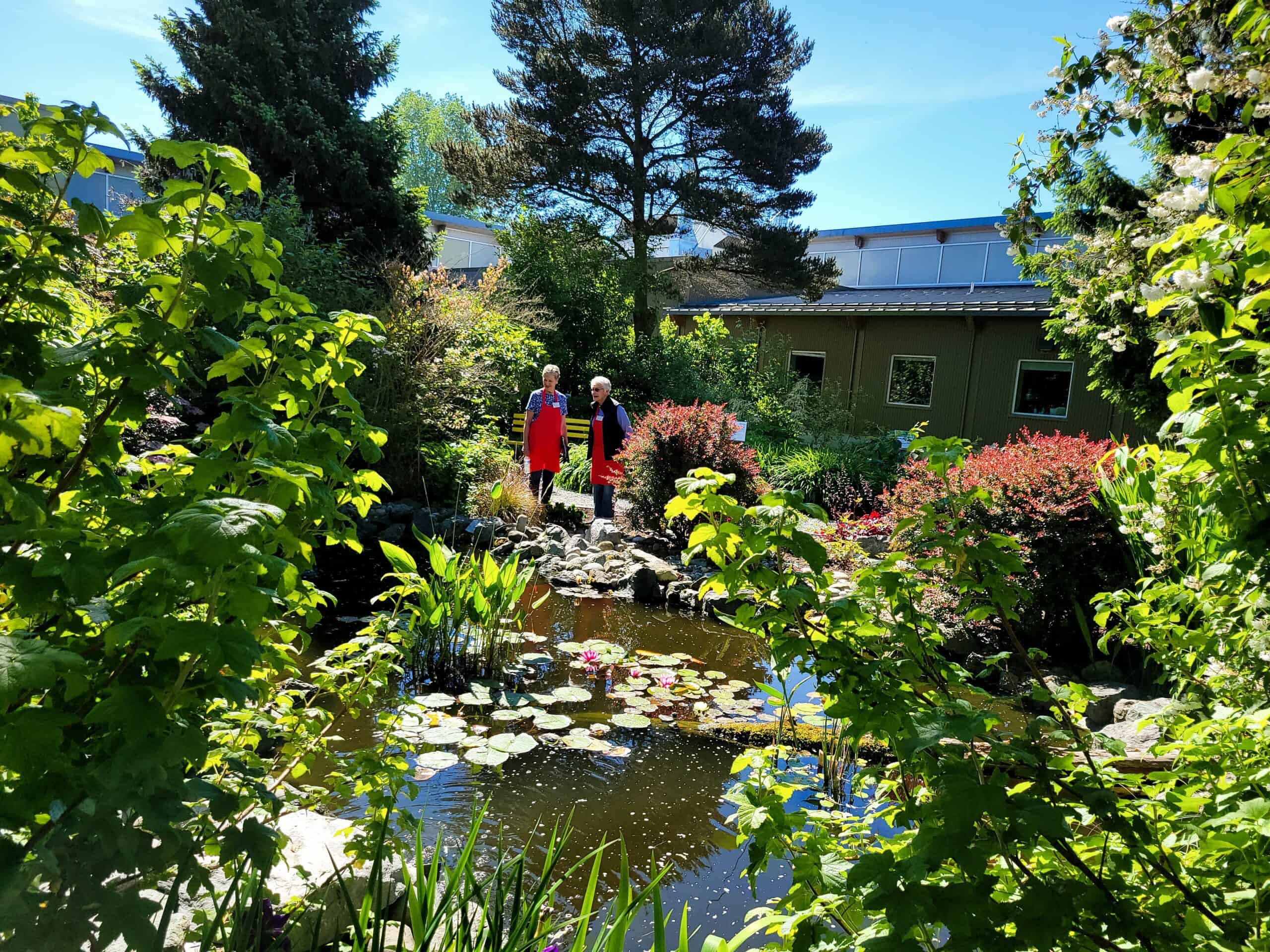
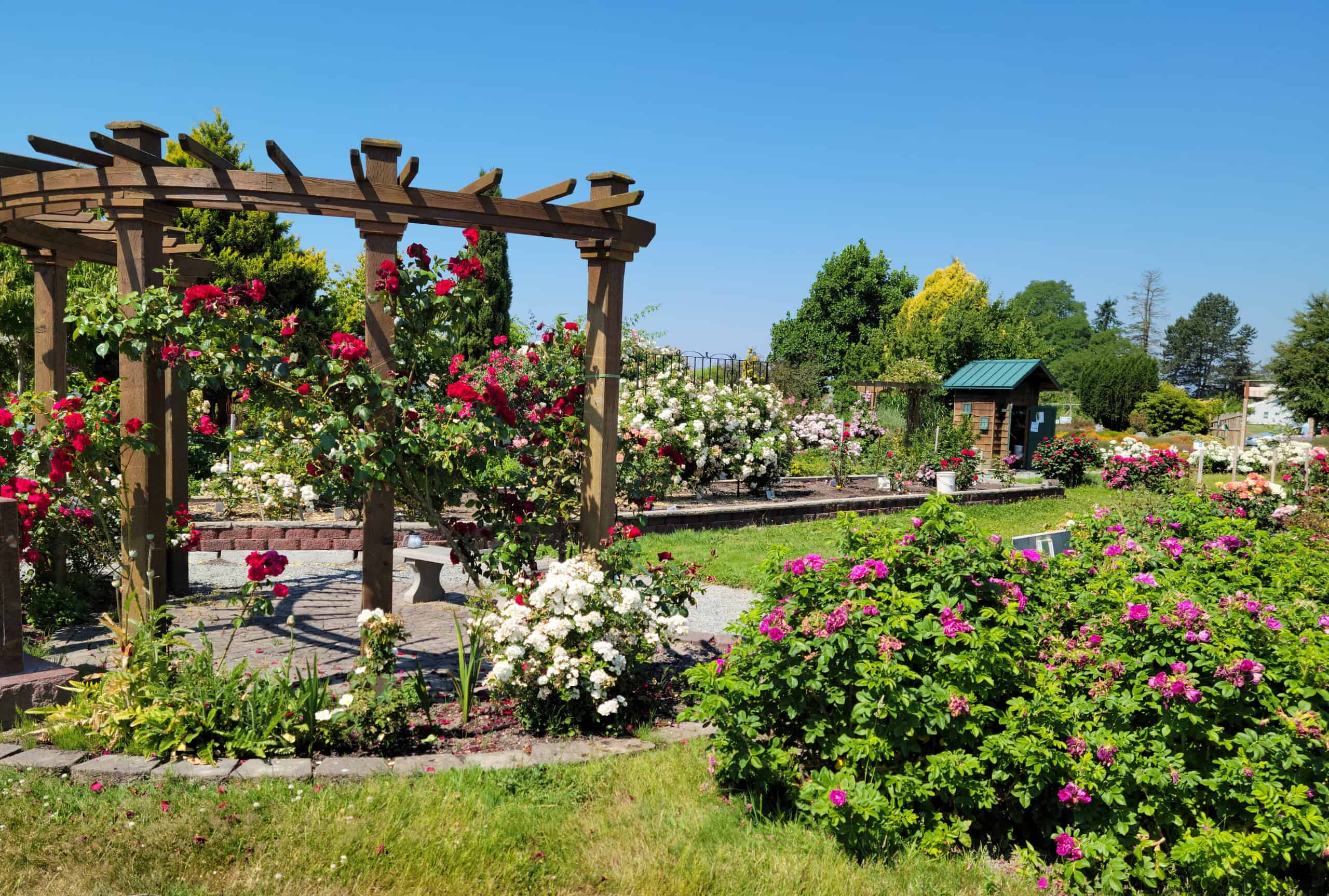
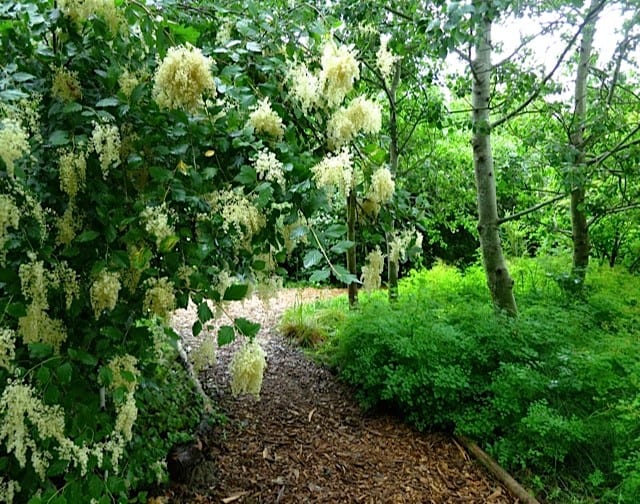


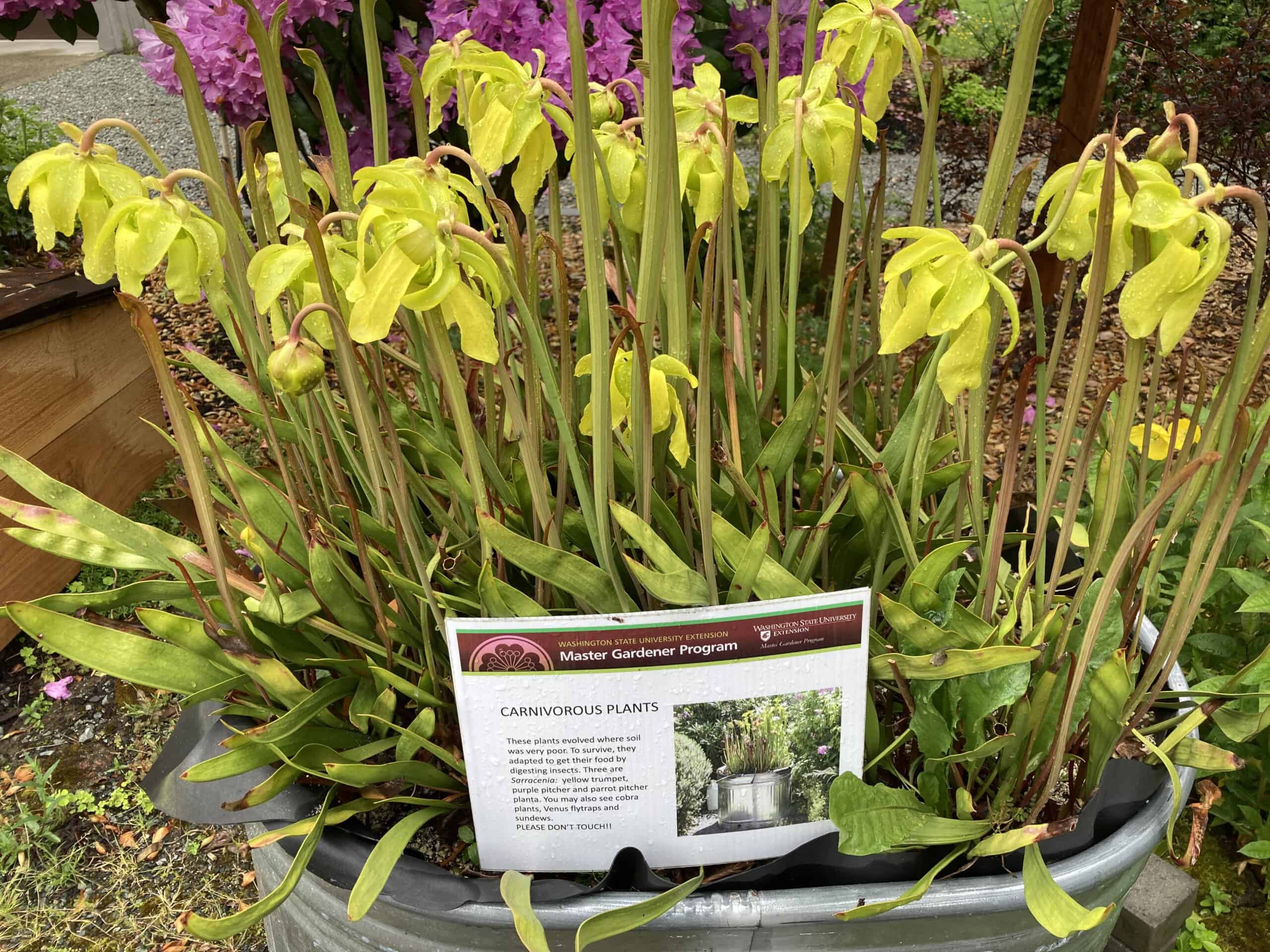


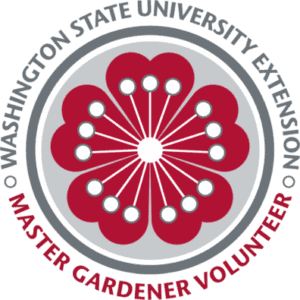 Skagit County WSU Extension Master Gardeners will be on-site to provide research-based solutions for your gardening challenges. Visit our Plant Clinic in the Pavilion for solutions to your plant problems or bring in a plant sample for identification. There will be a perennial plant sale. Bring your dull gardening tool to have it sharpened for free.
Skagit County WSU Extension Master Gardeners will be on-site to provide research-based solutions for your gardening challenges. Visit our Plant Clinic in the Pavilion for solutions to your plant problems or bring in a plant sample for identification. There will be a perennial plant sale. Bring your dull gardening tool to have it sharpened for free.

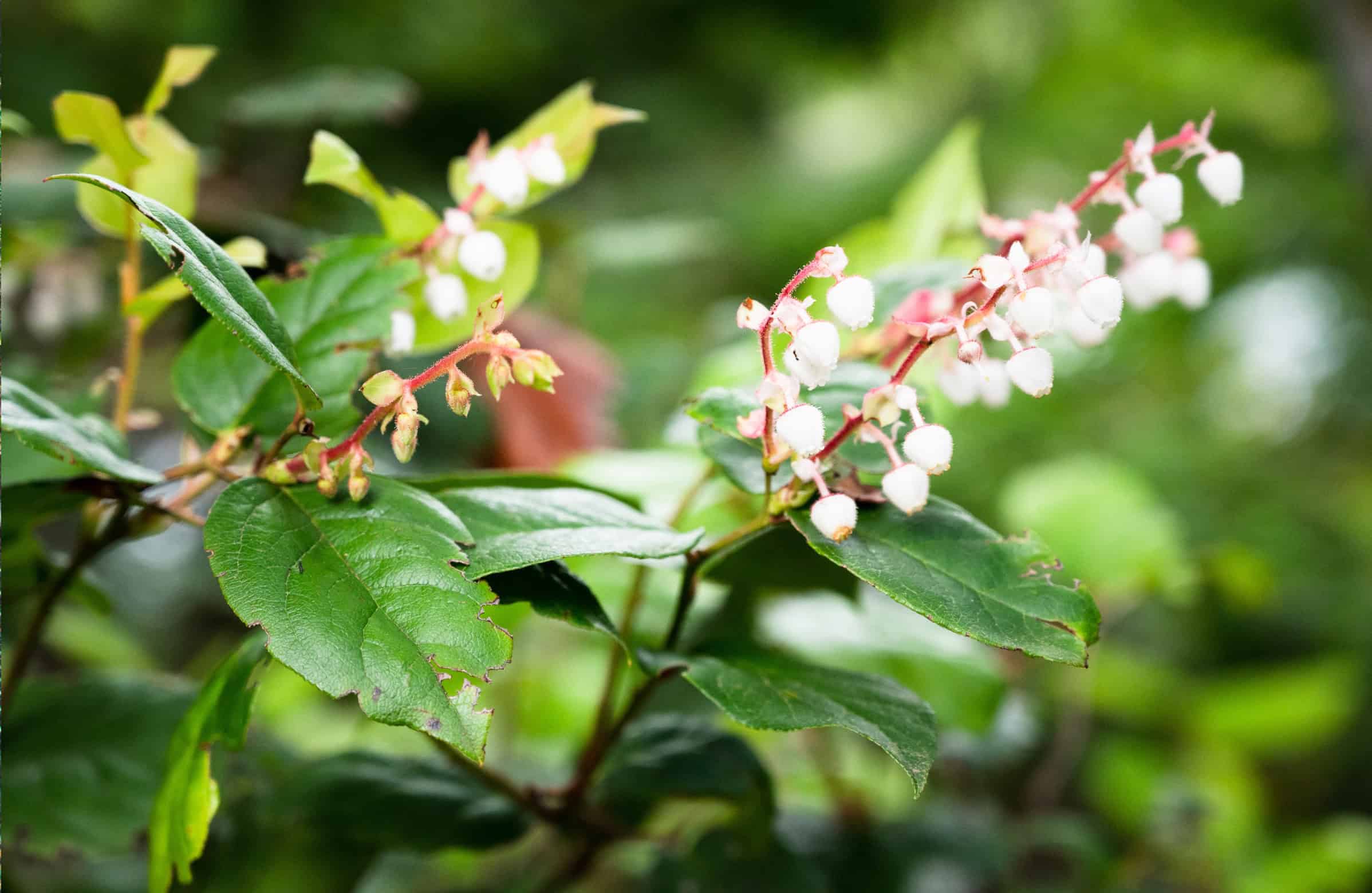
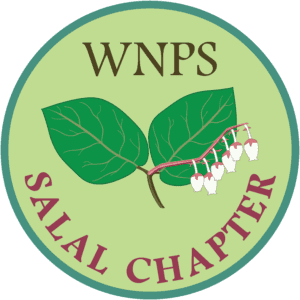 The
The 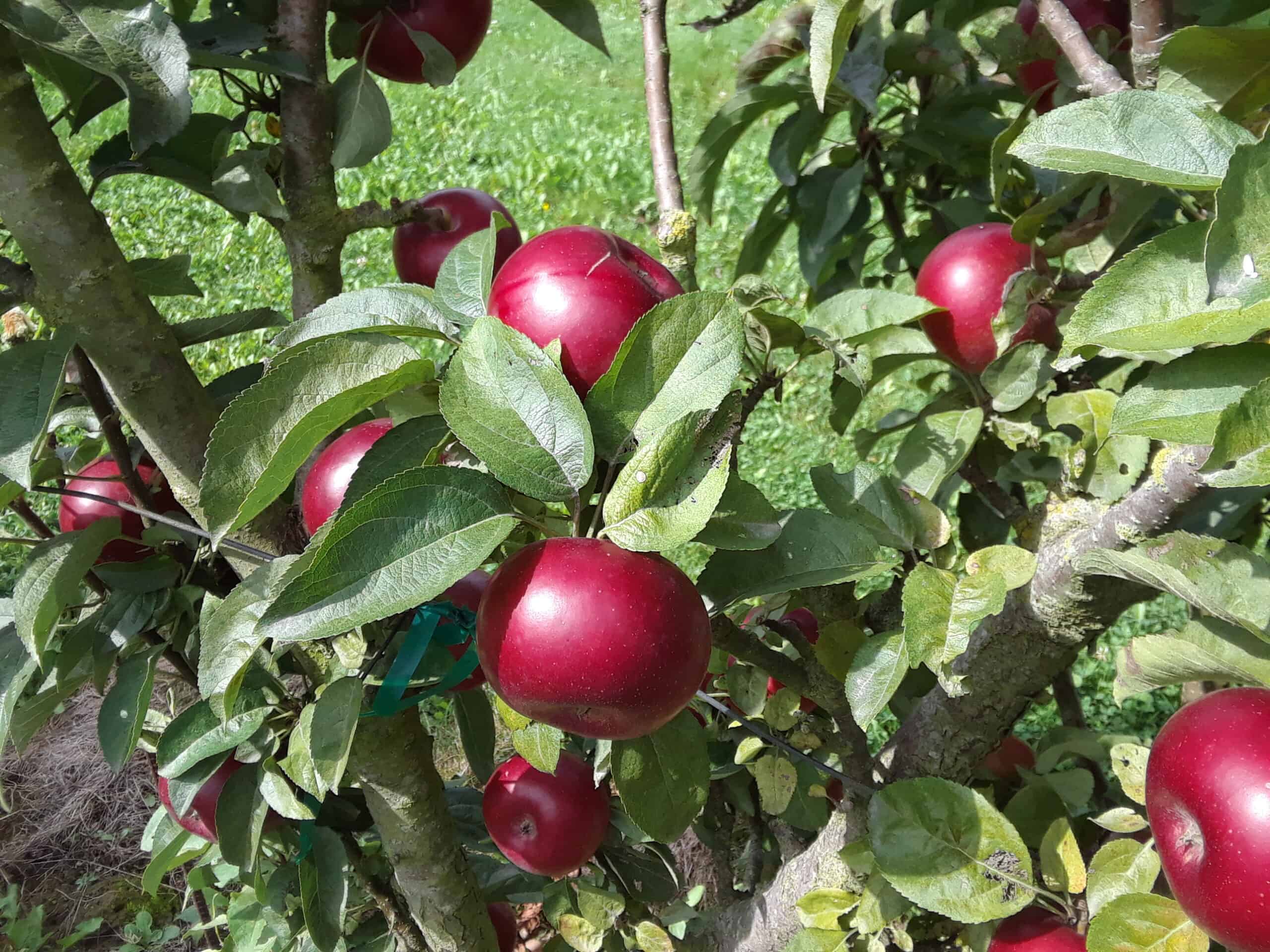
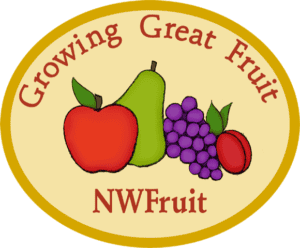 The
The 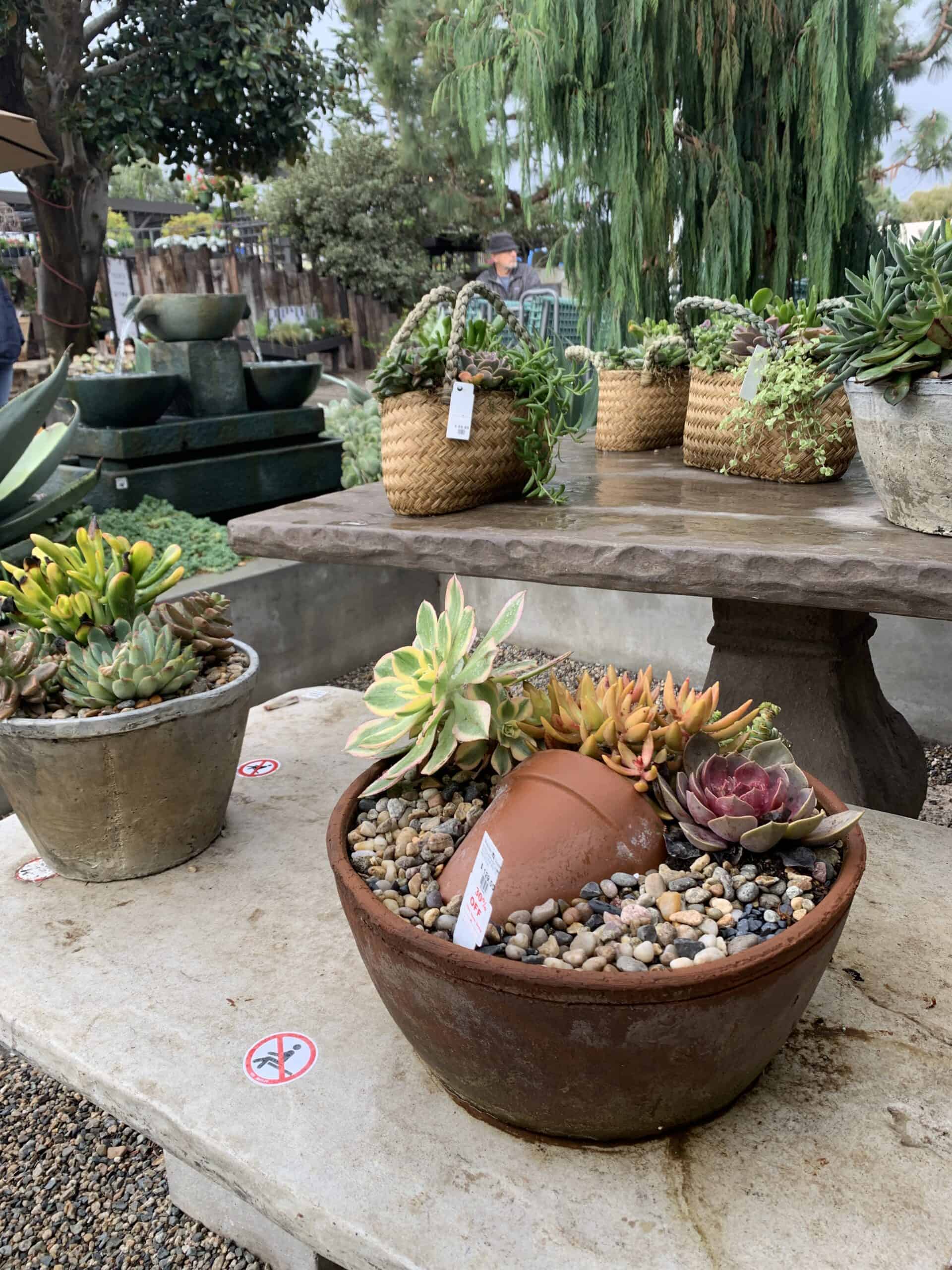
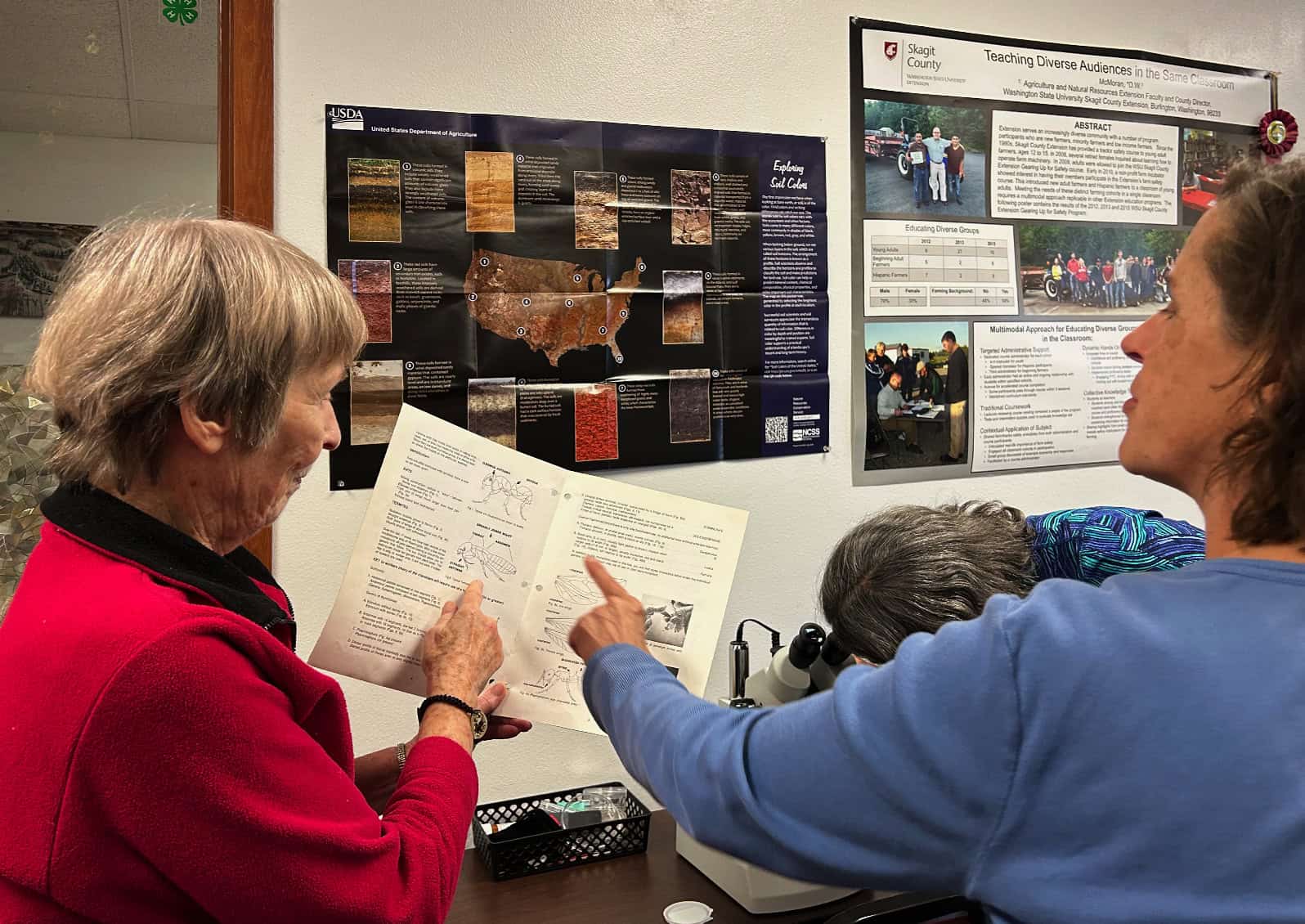


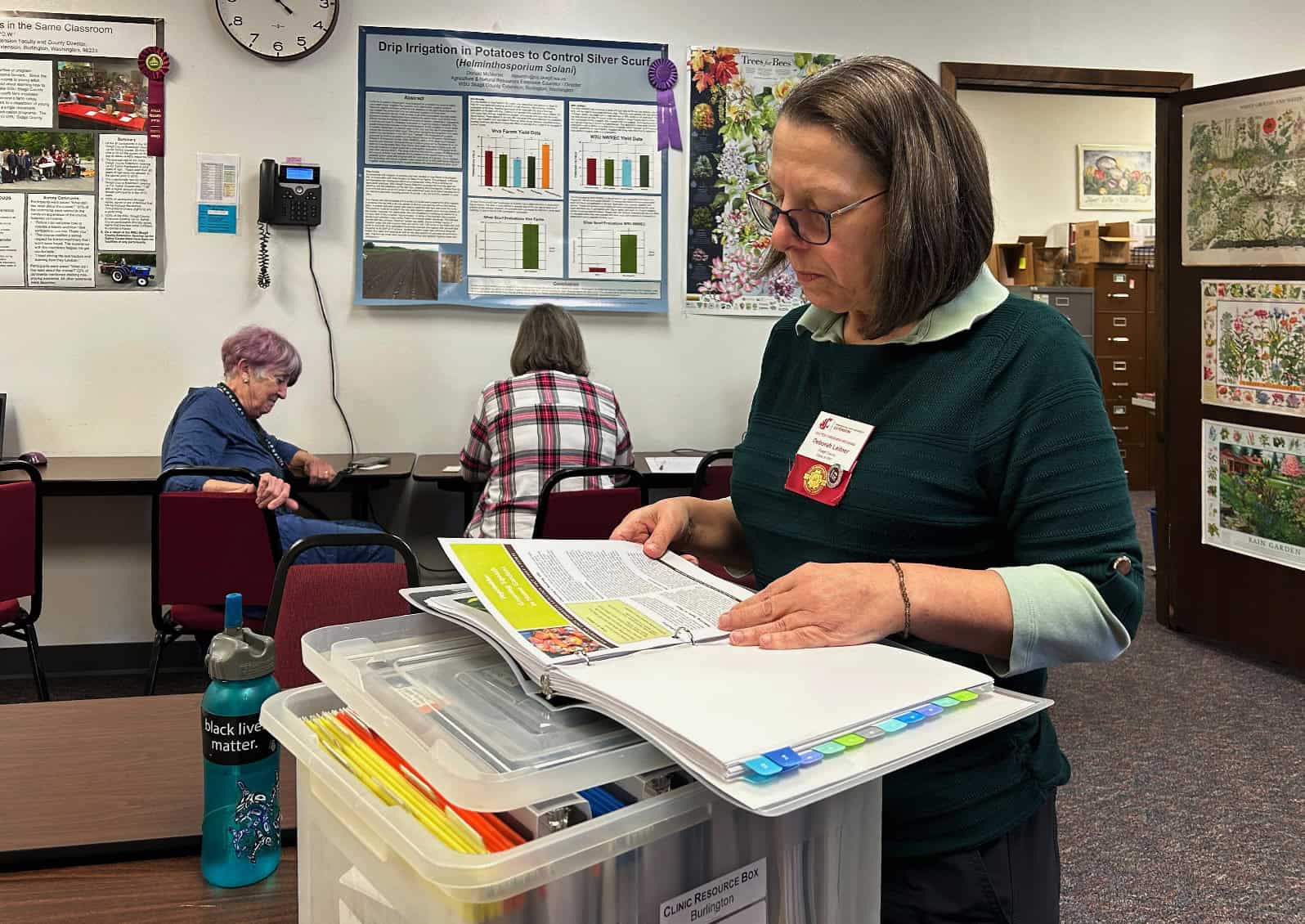
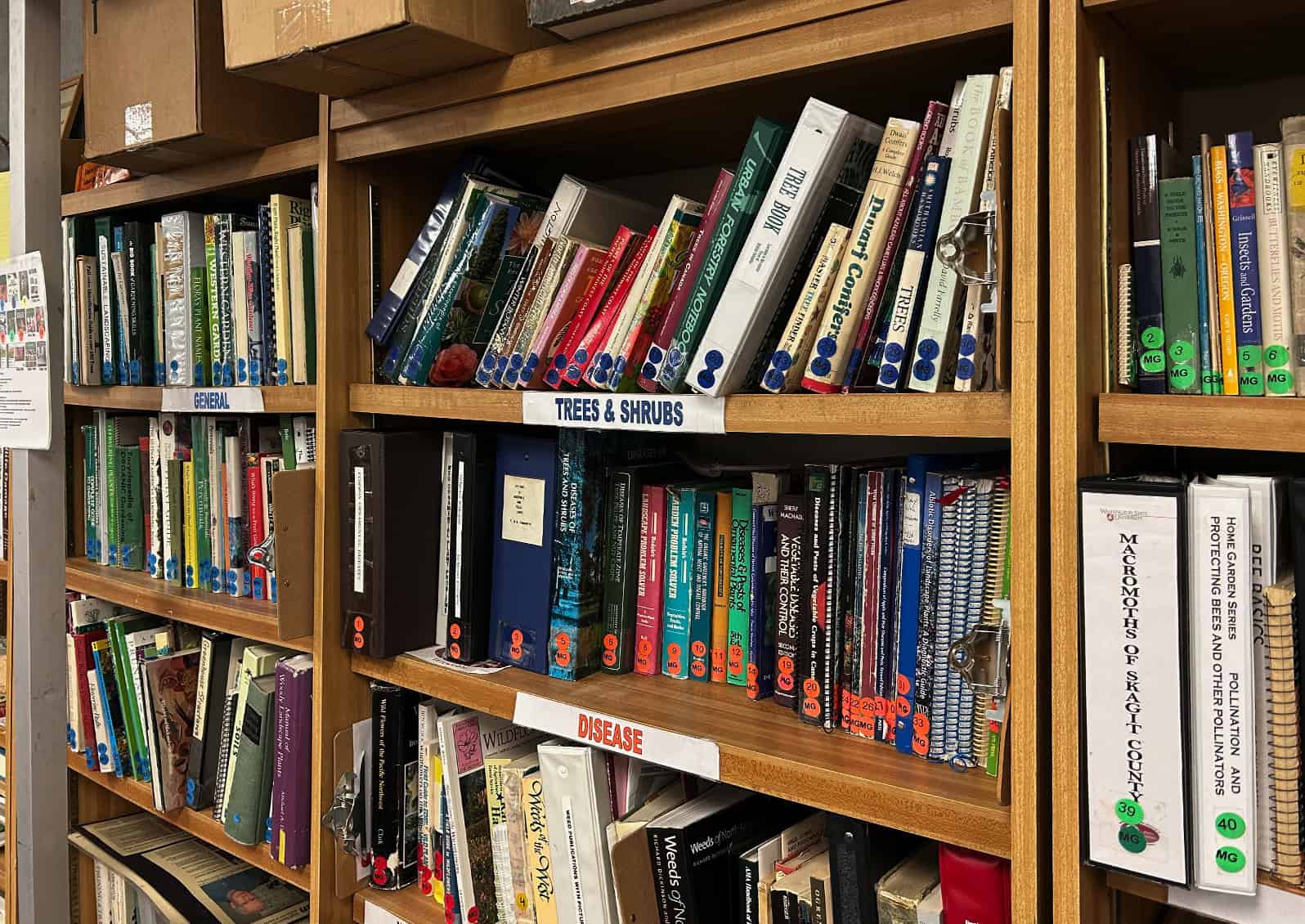
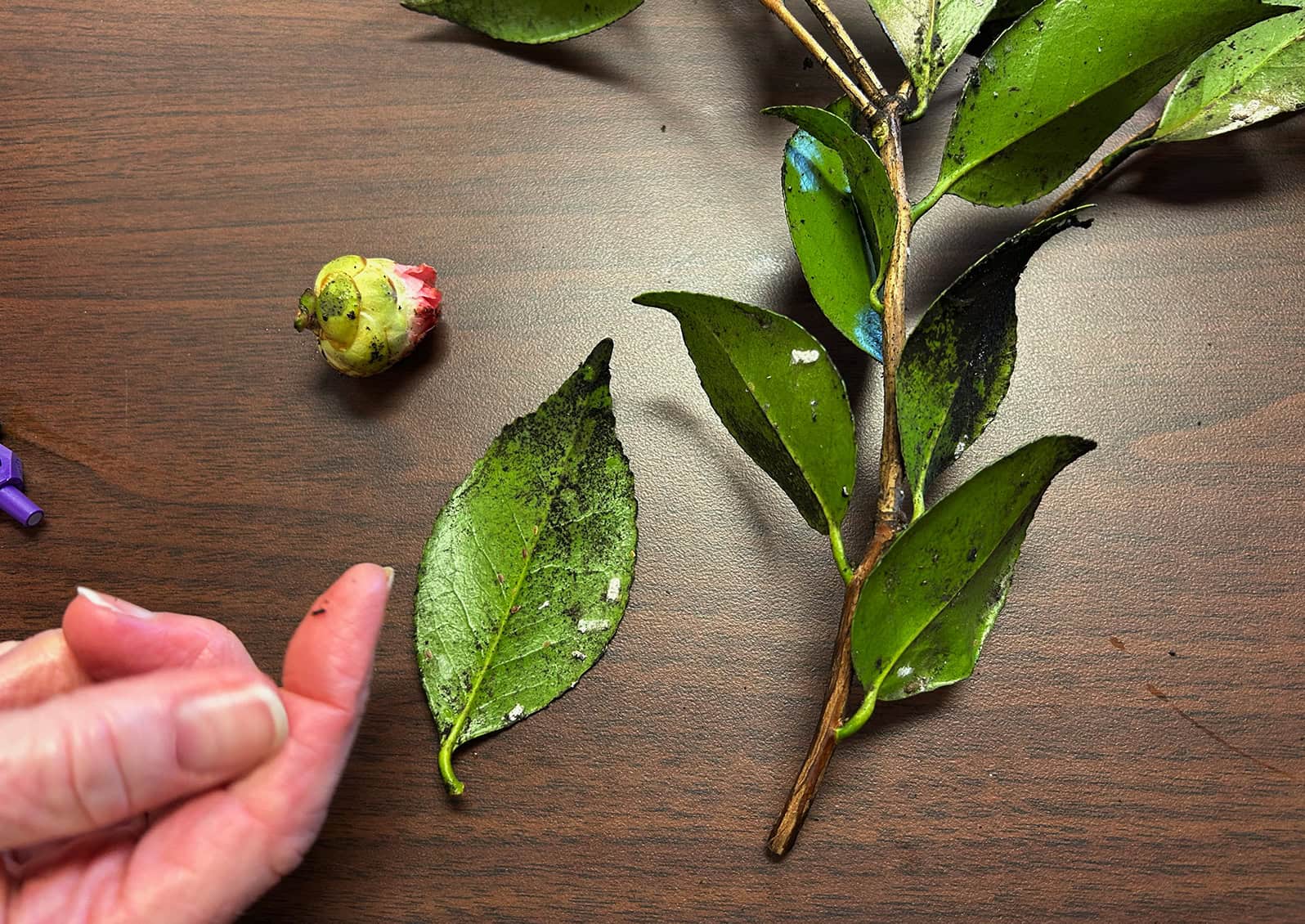
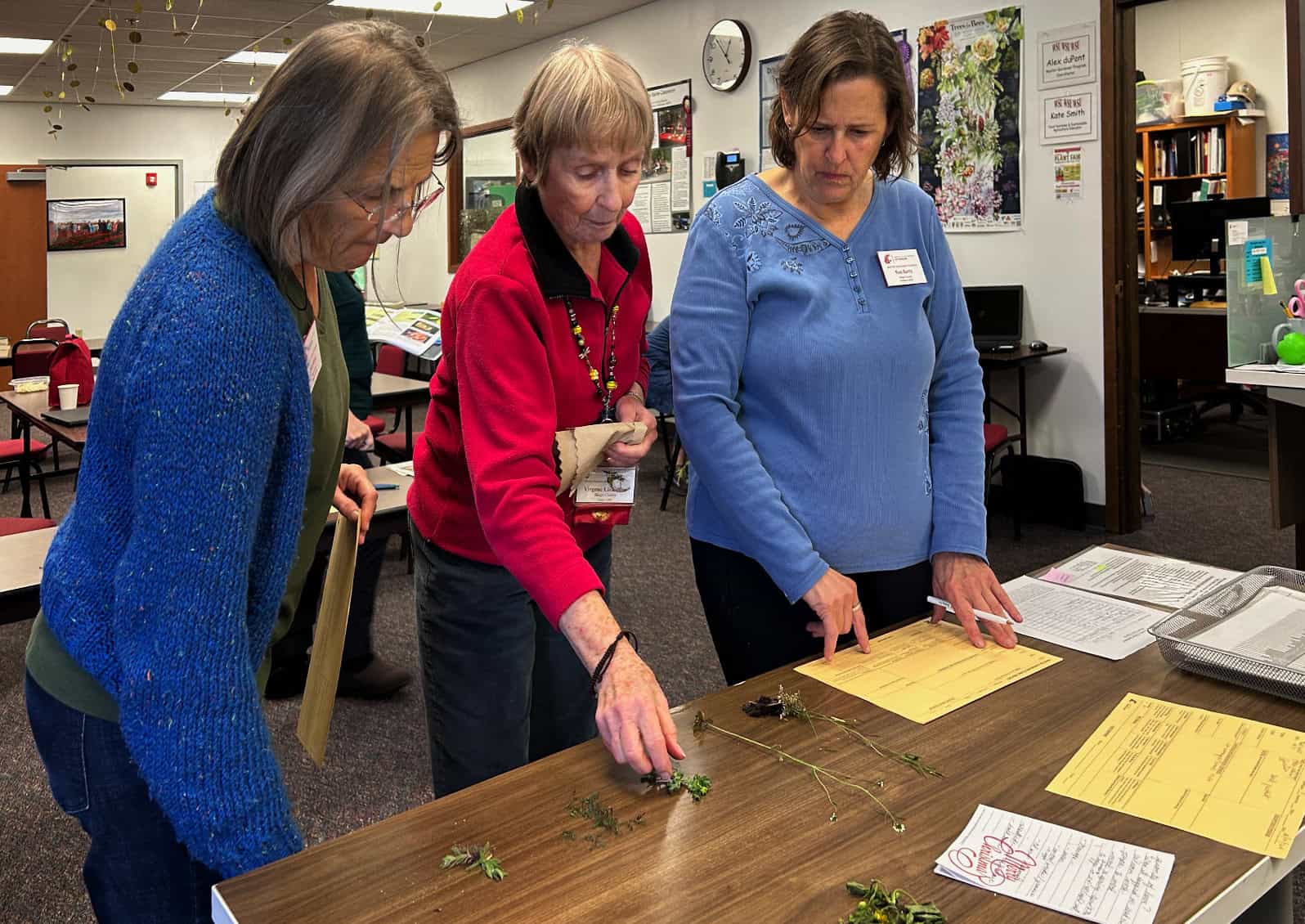



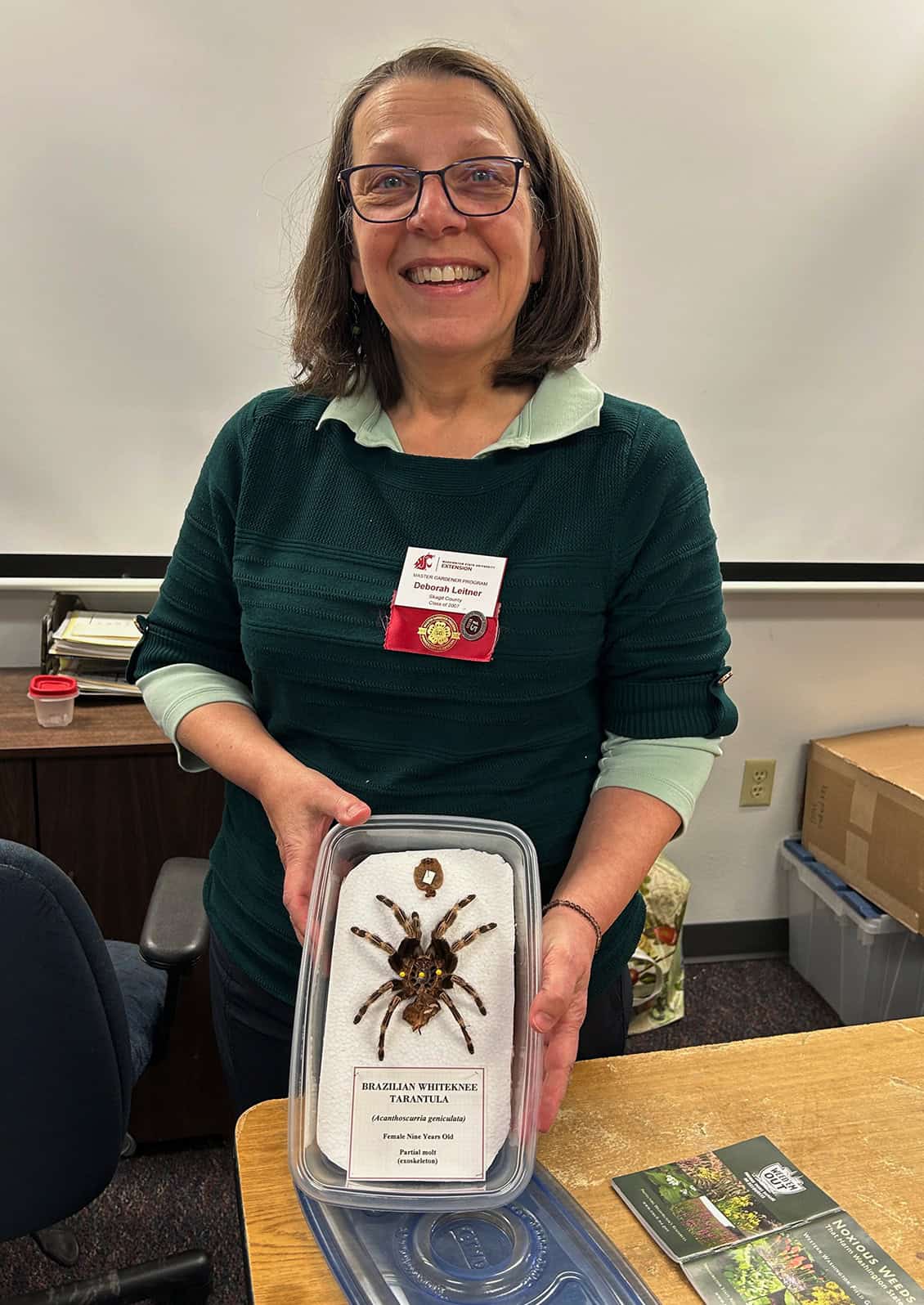





























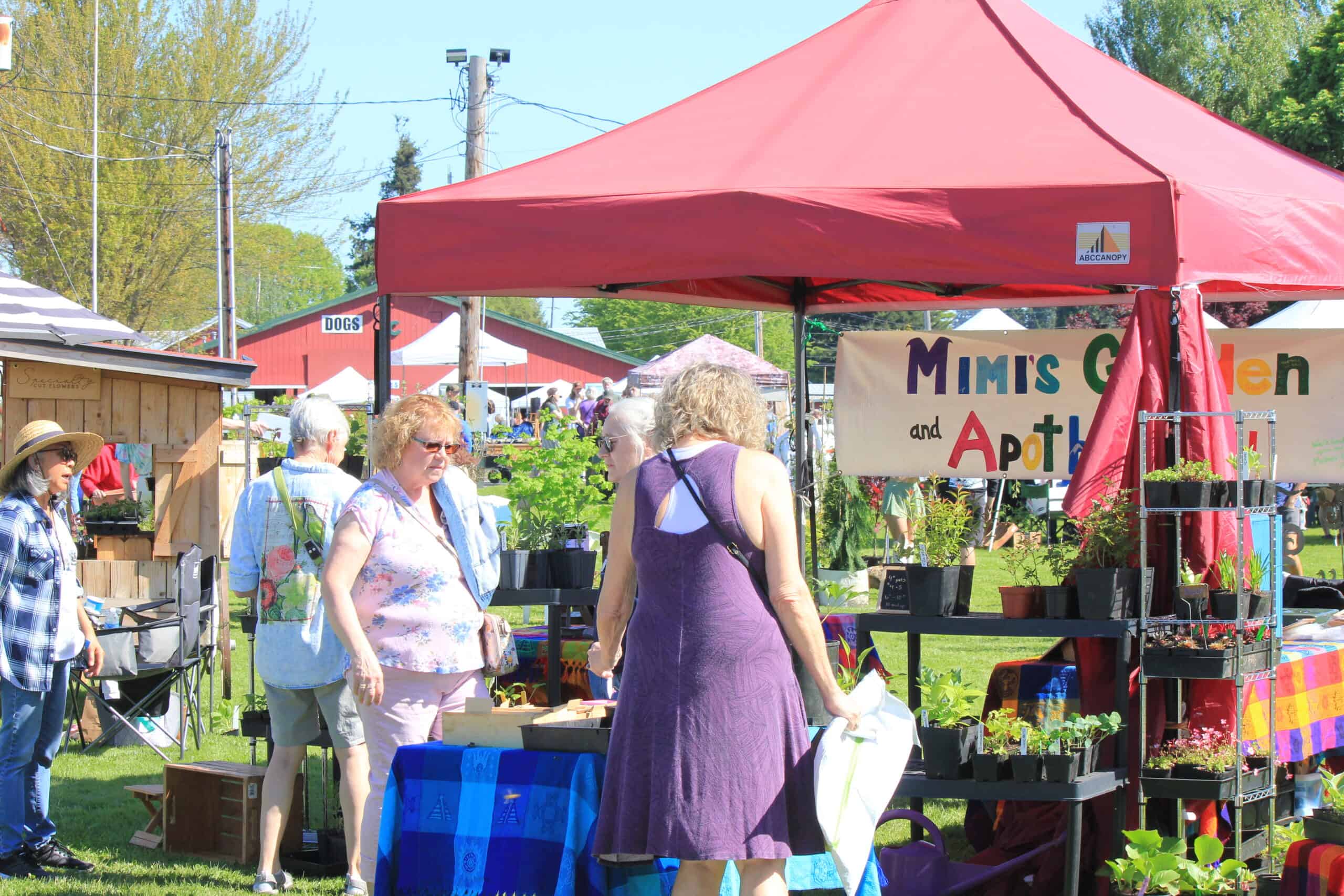
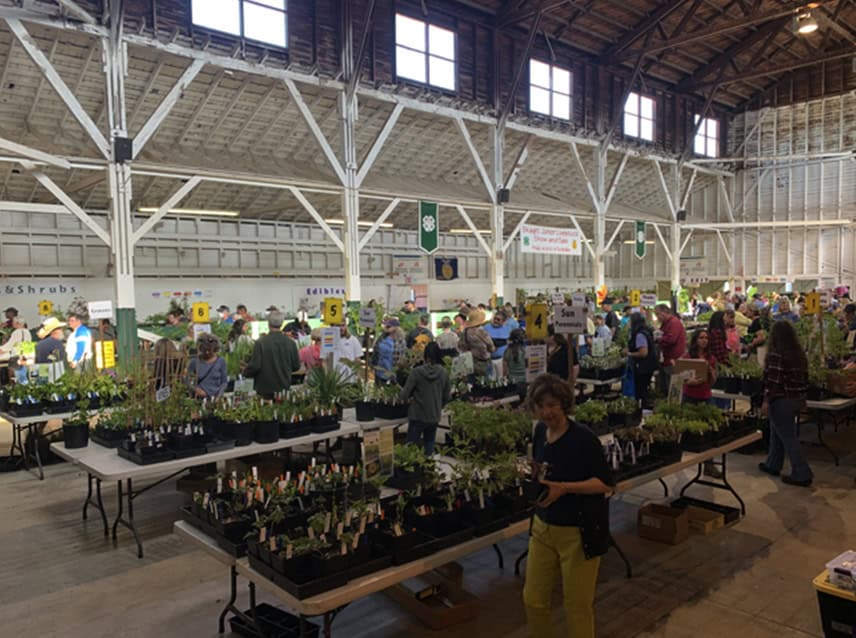




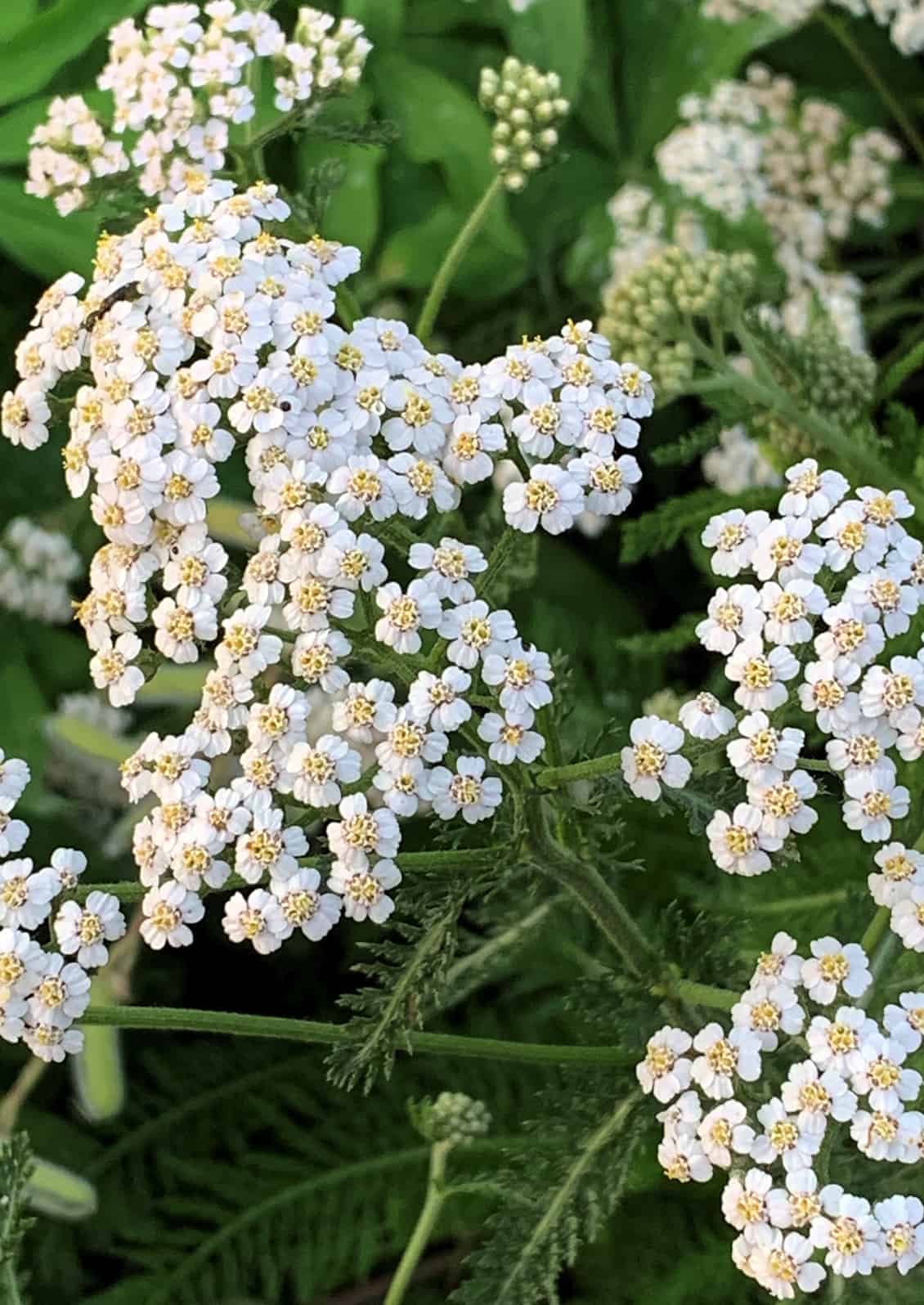
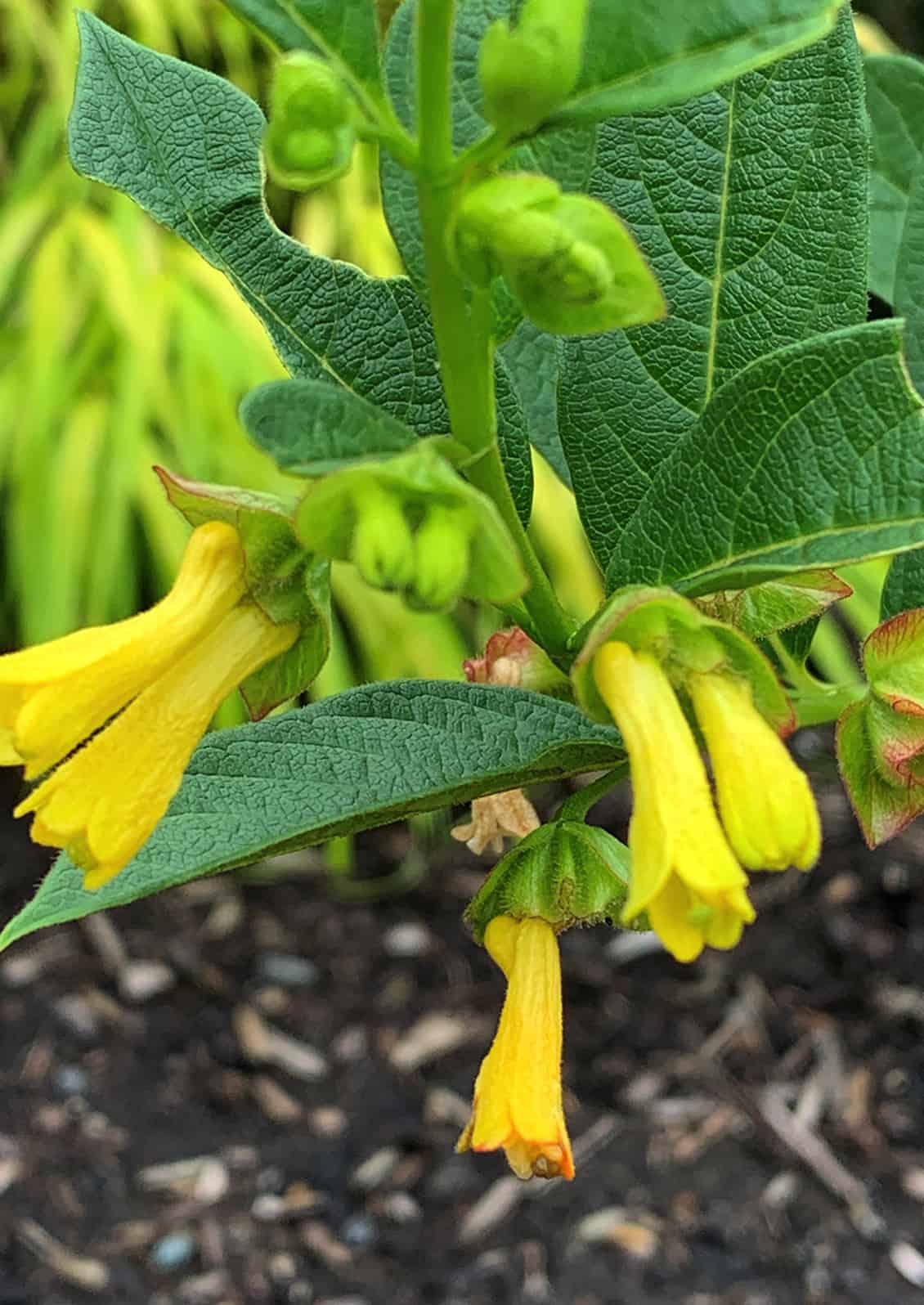
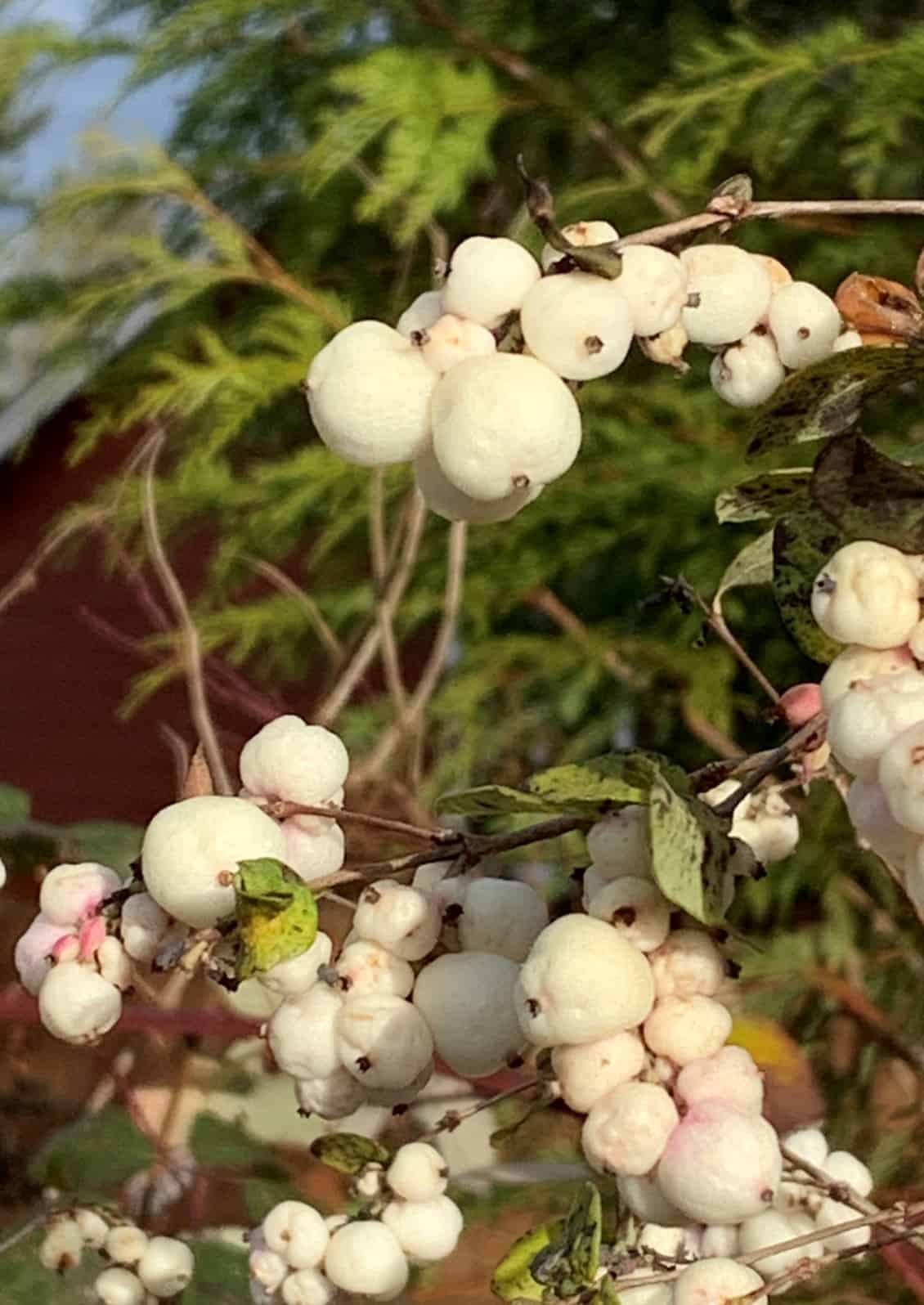
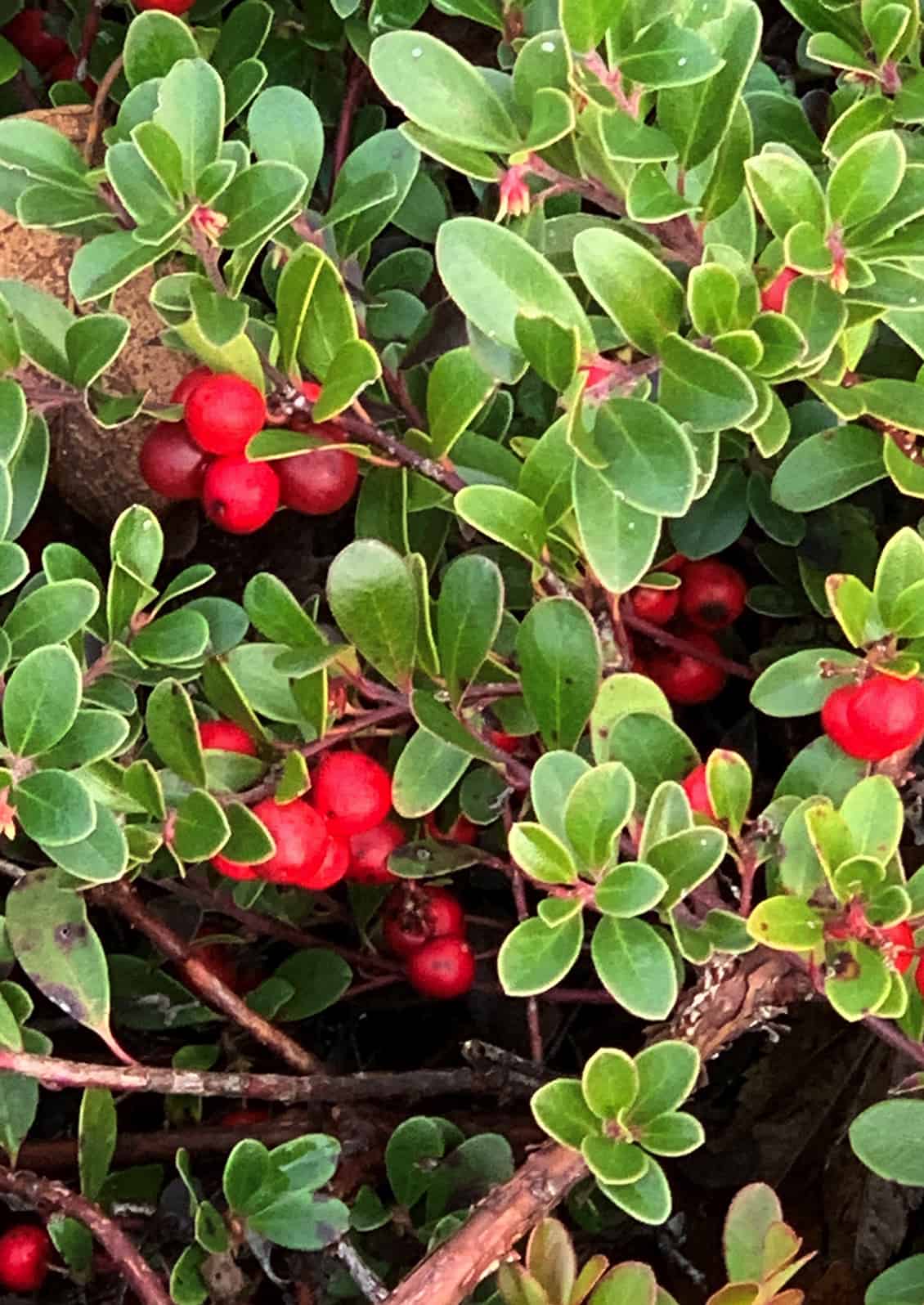
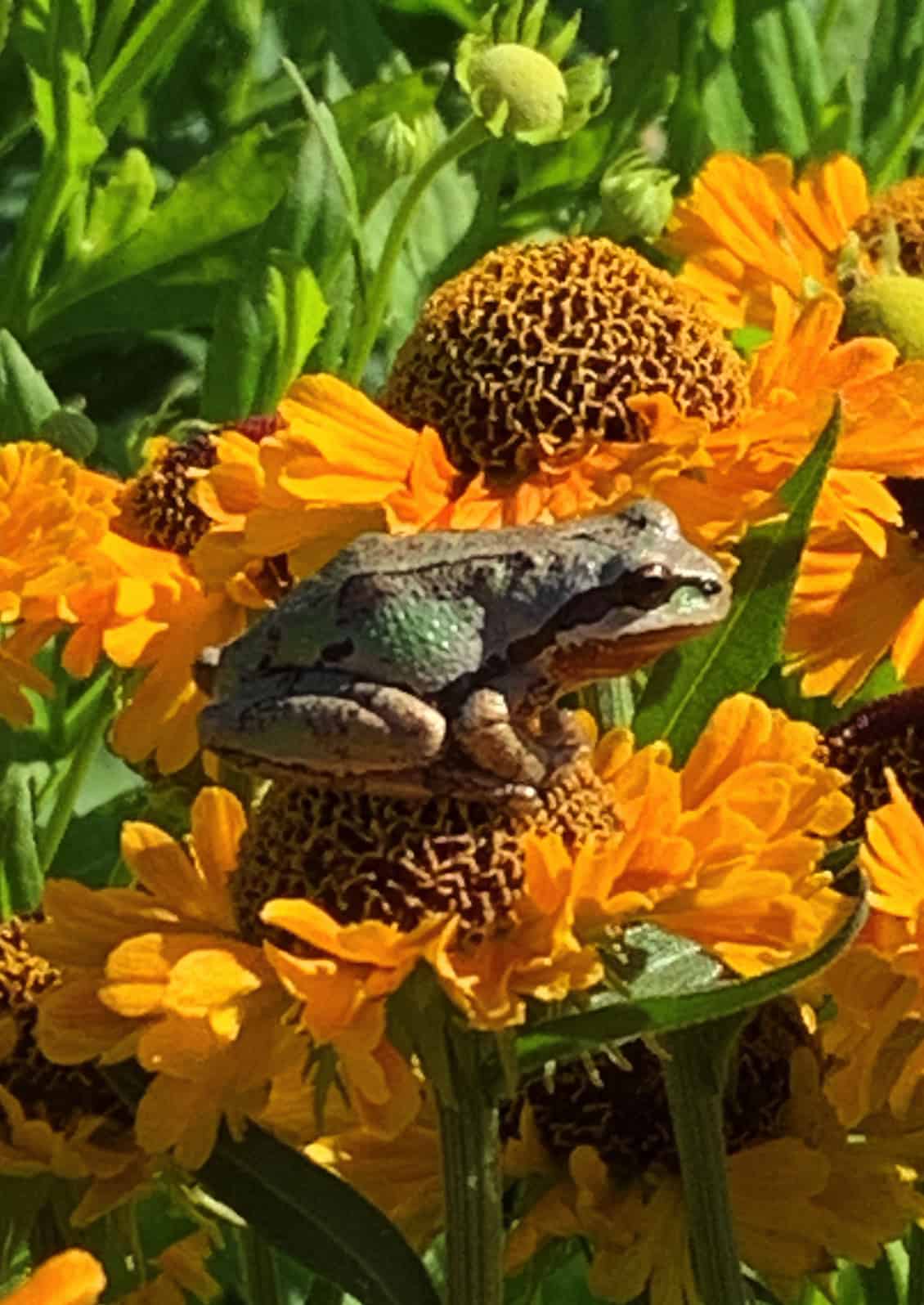
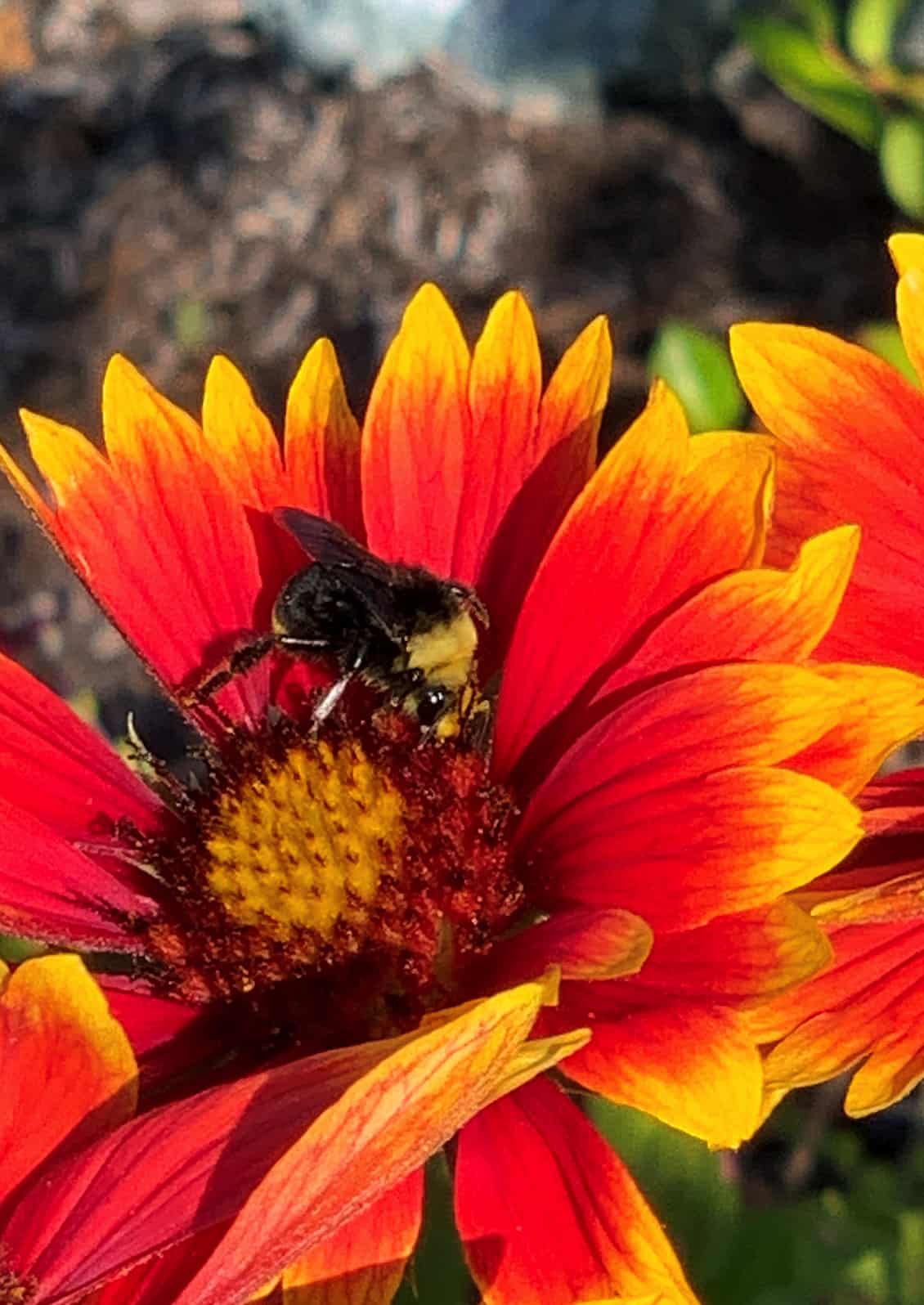

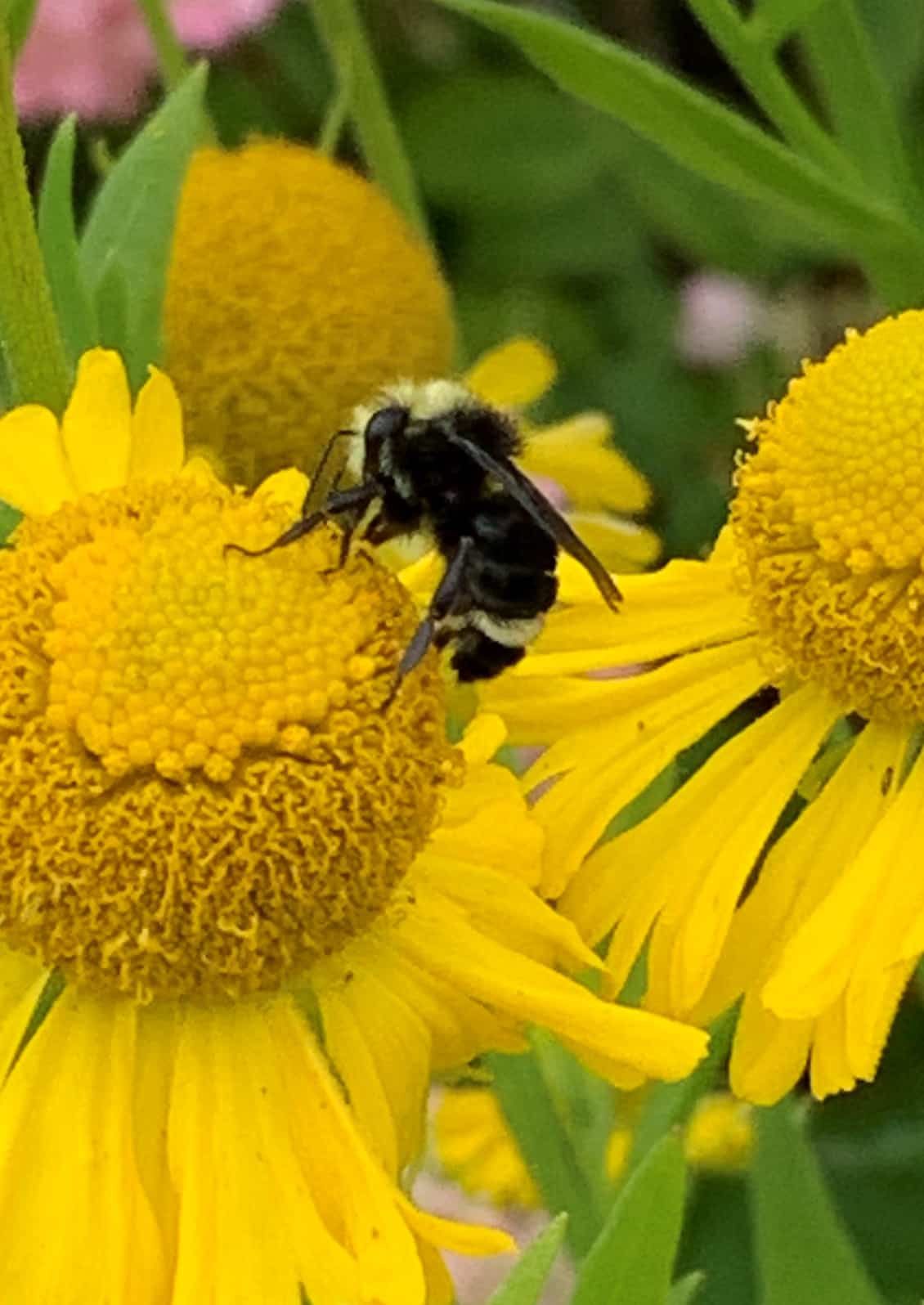
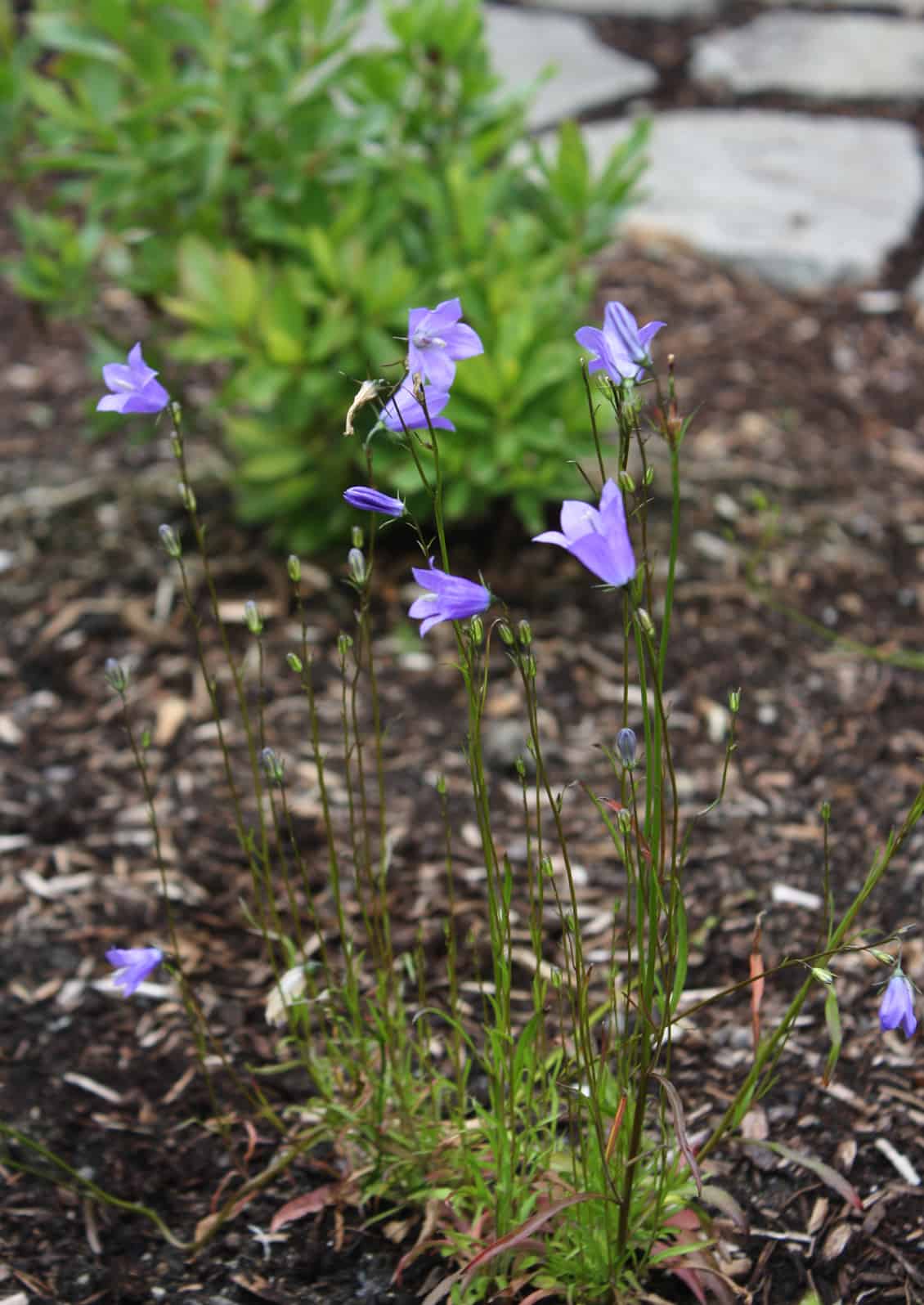





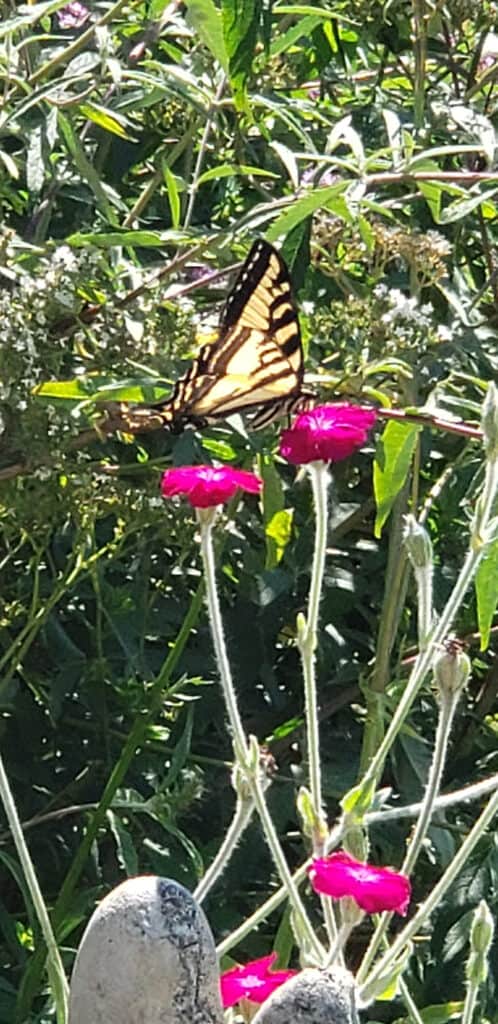









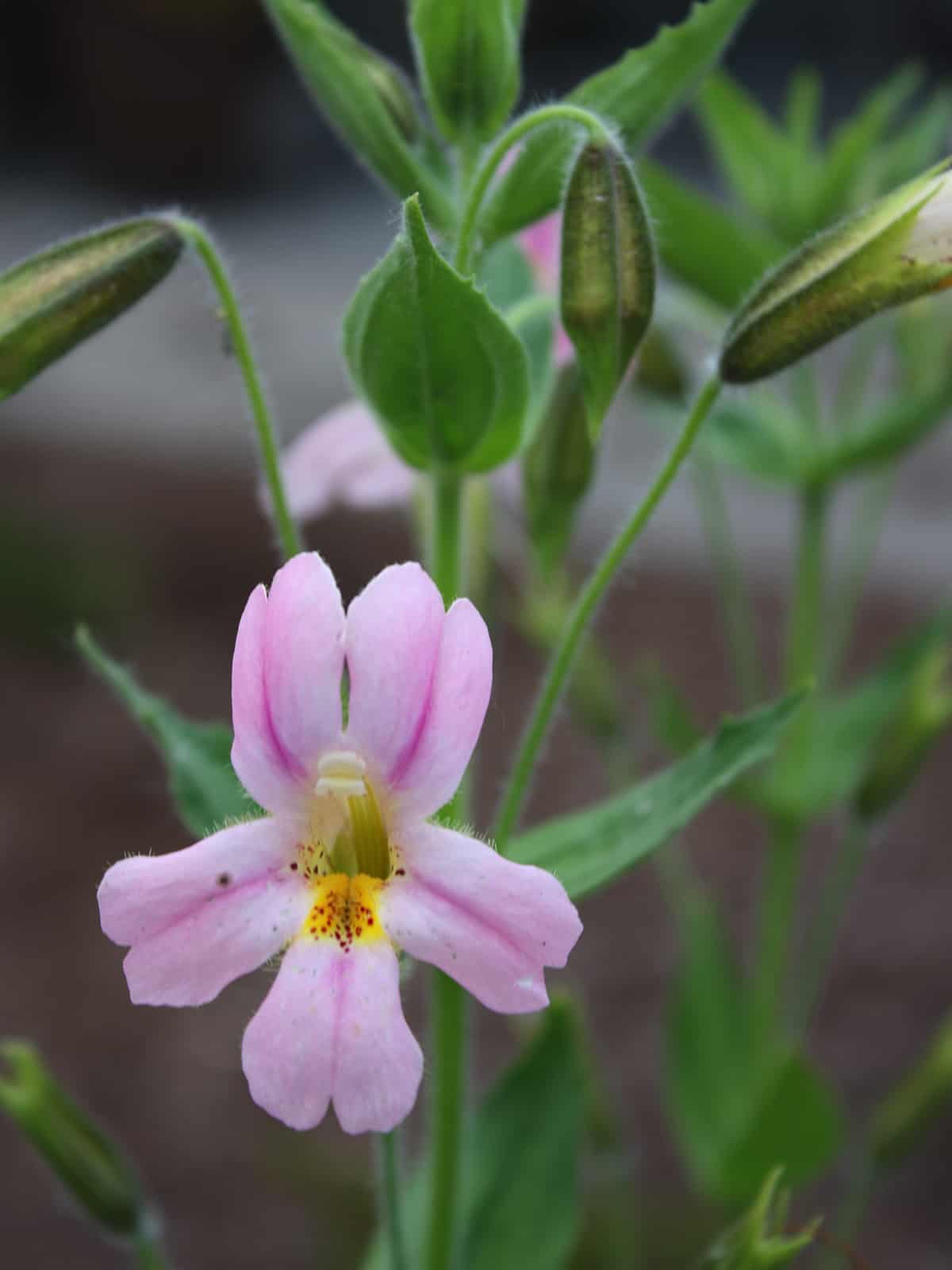
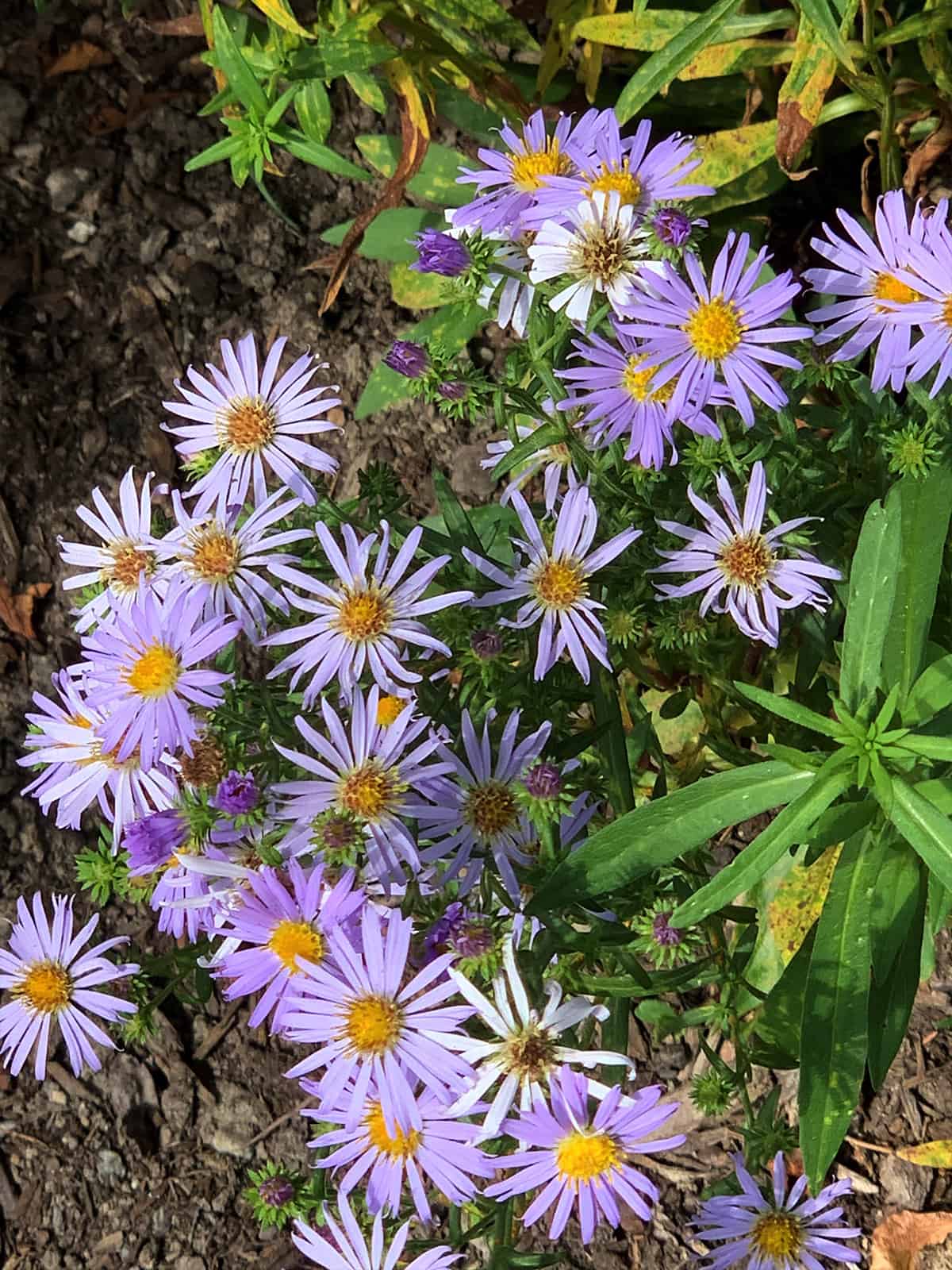
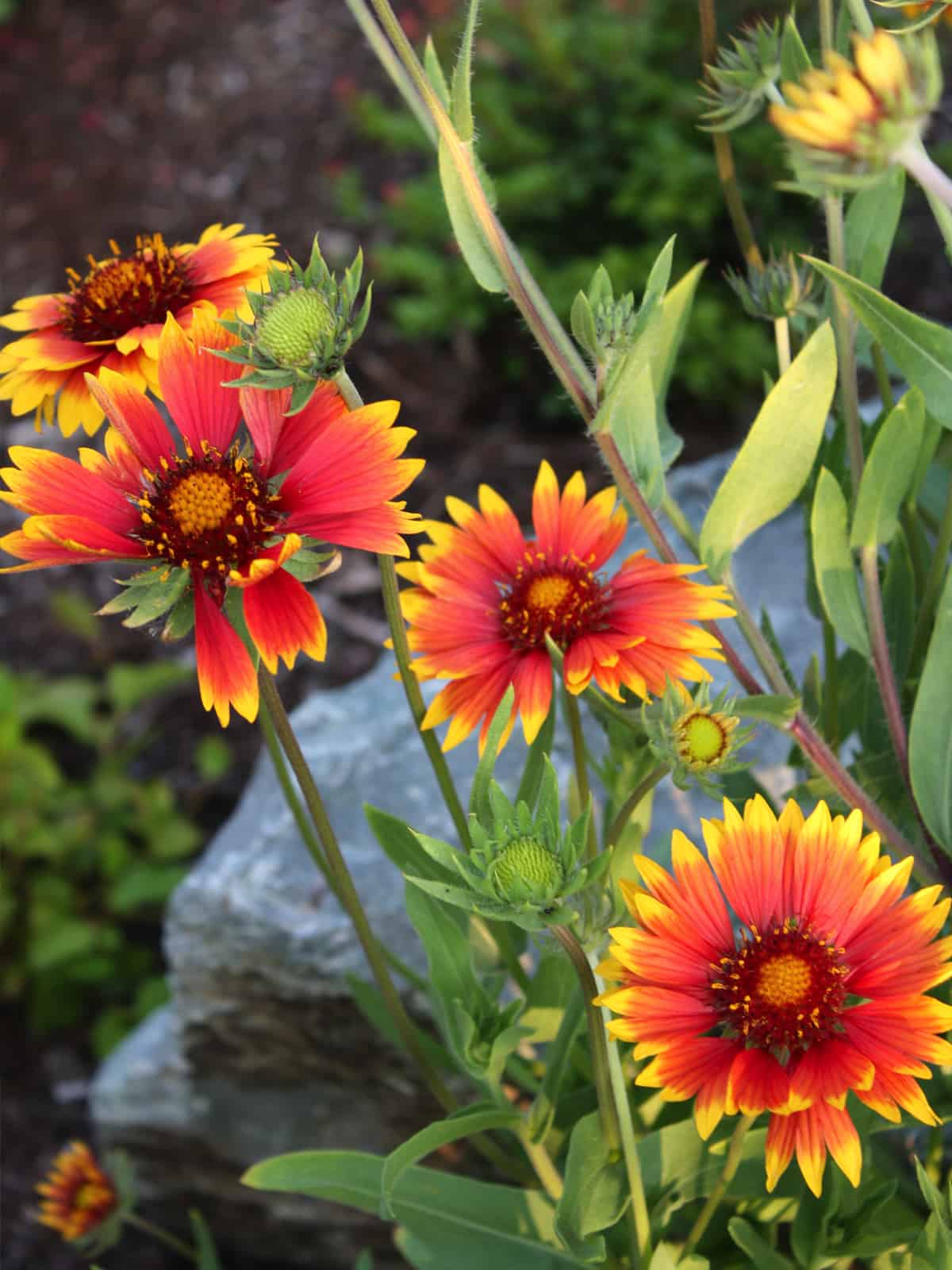
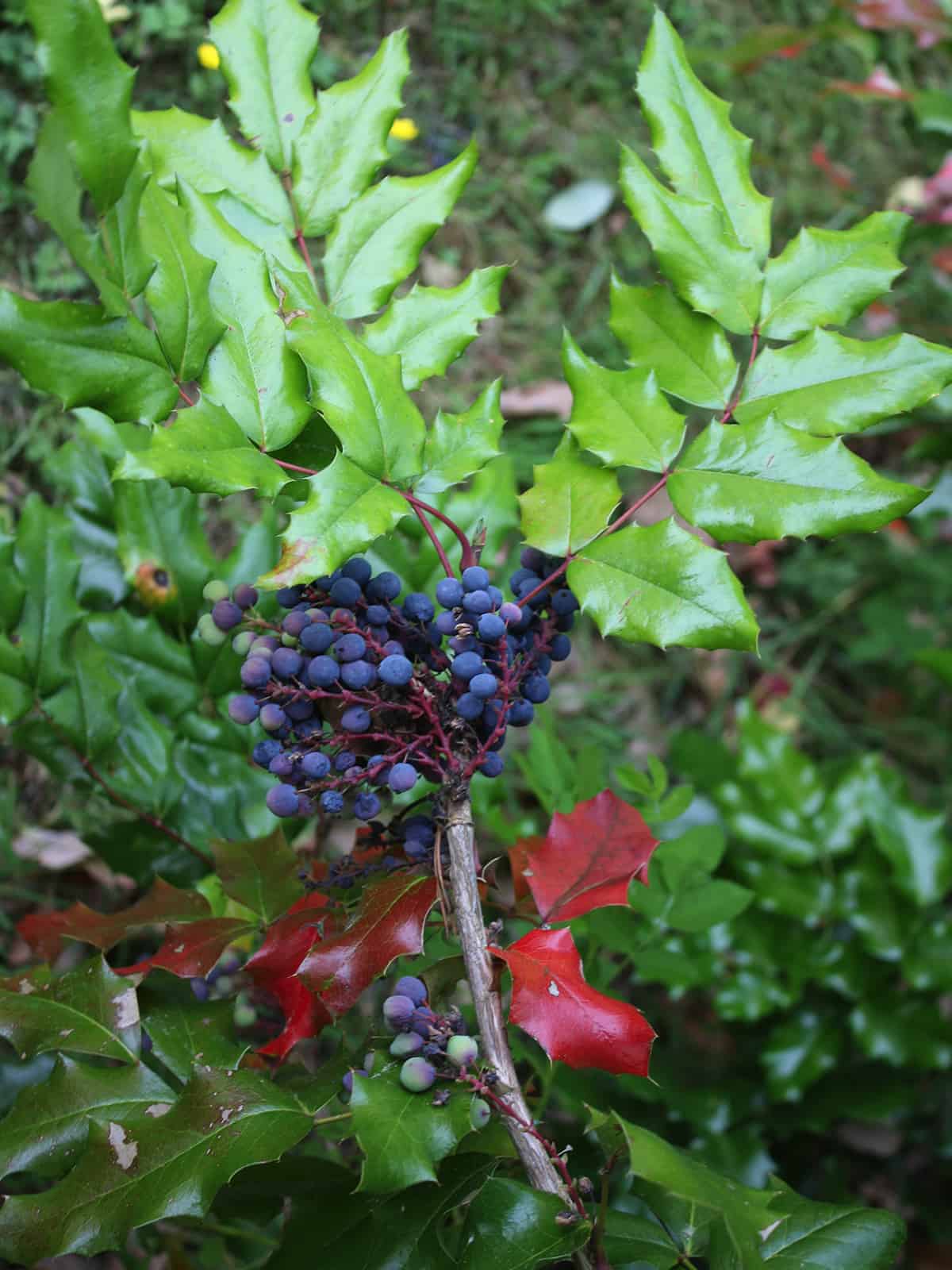


 “And what about cultivars?”, many ask Tallamy. What about those many stunning and alluring flower and leaf varieties produced through selective breeding that we find at most of our nurseries? According to research done by Tallamy and other scientists, whether a cultivar retains any benefit to pollinators depends on what got modified. He advises avoiding plants where the leaf color has been changed from green to brown, purple or red (because insects like chlorophyll), and best to avoid flowers that went from single-petaled to multi-petaled (bees can’t get inside), or plants that have been made sterile. On the other hand, a woody plant made shorter is relatively okay. In sum, no size fits all. A quick tutorial can be found on the Grow Native website
“And what about cultivars?”, many ask Tallamy. What about those many stunning and alluring flower and leaf varieties produced through selective breeding that we find at most of our nurseries? According to research done by Tallamy and other scientists, whether a cultivar retains any benefit to pollinators depends on what got modified. He advises avoiding plants where the leaf color has been changed from green to brown, purple or red (because insects like chlorophyll), and best to avoid flowers that went from single-petaled to multi-petaled (bees can’t get inside), or plants that have been made sterile. On the other hand, a woody plant made shorter is relatively okay. In sum, no size fits all. A quick tutorial can be found on the Grow Native website 

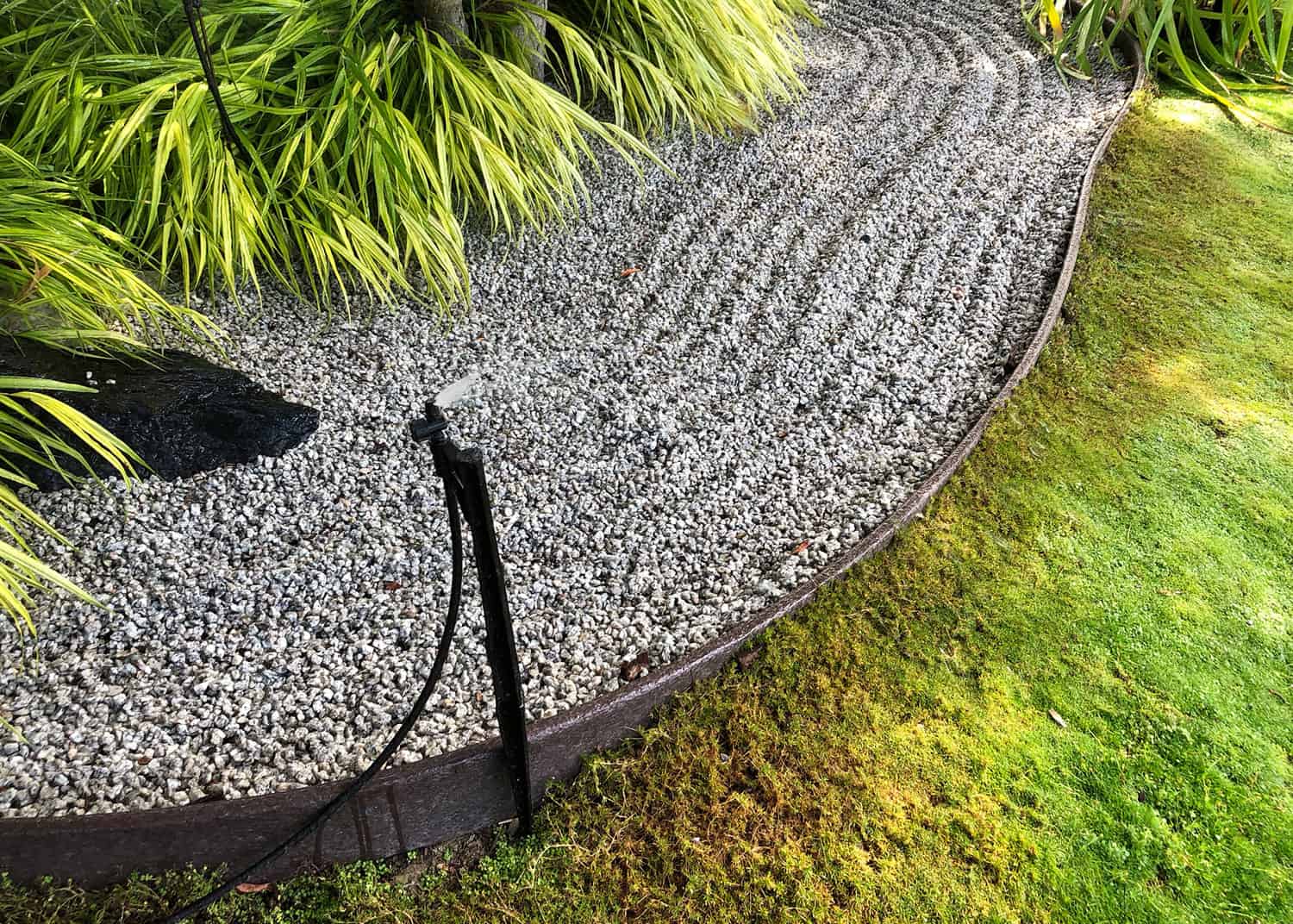
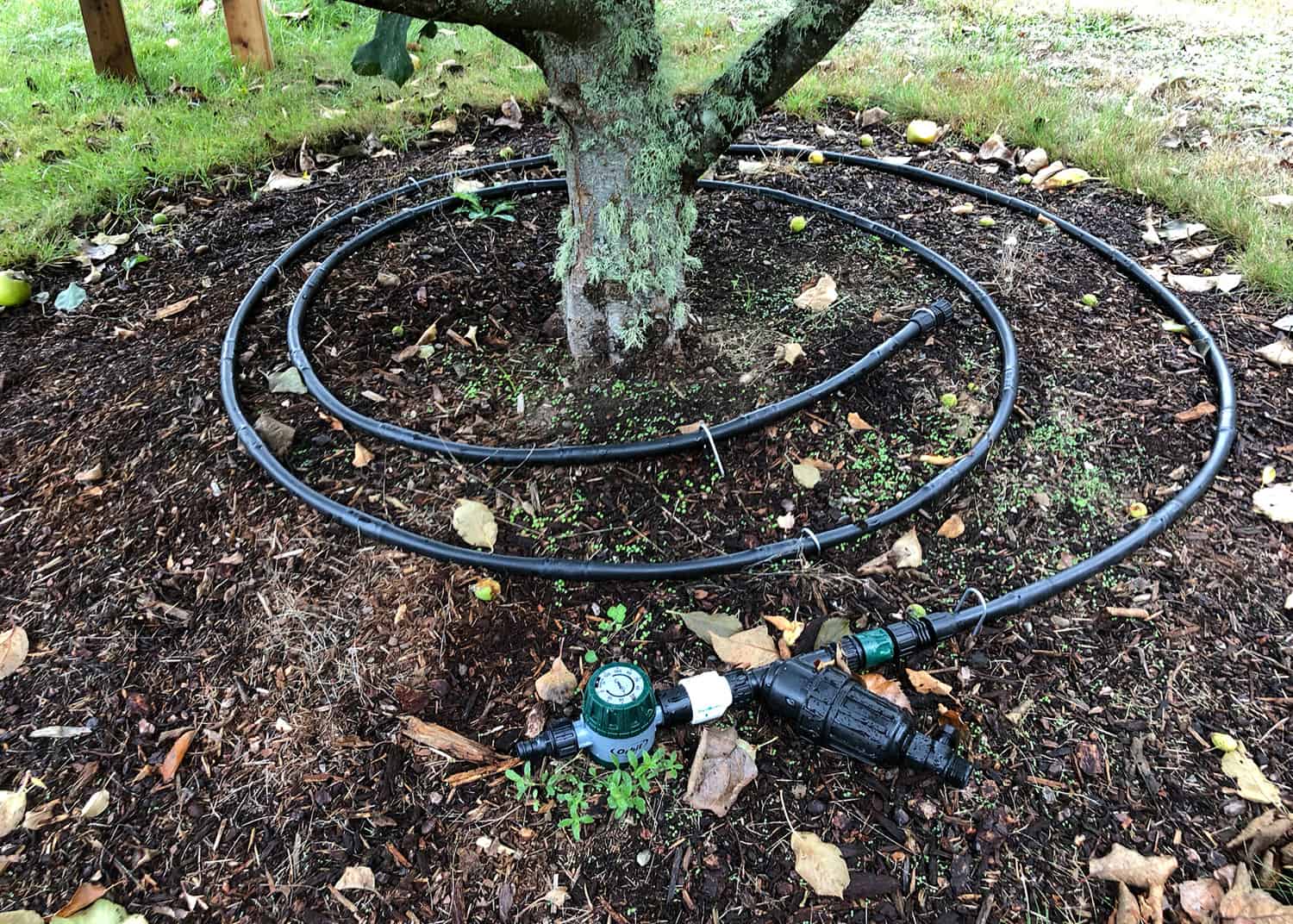

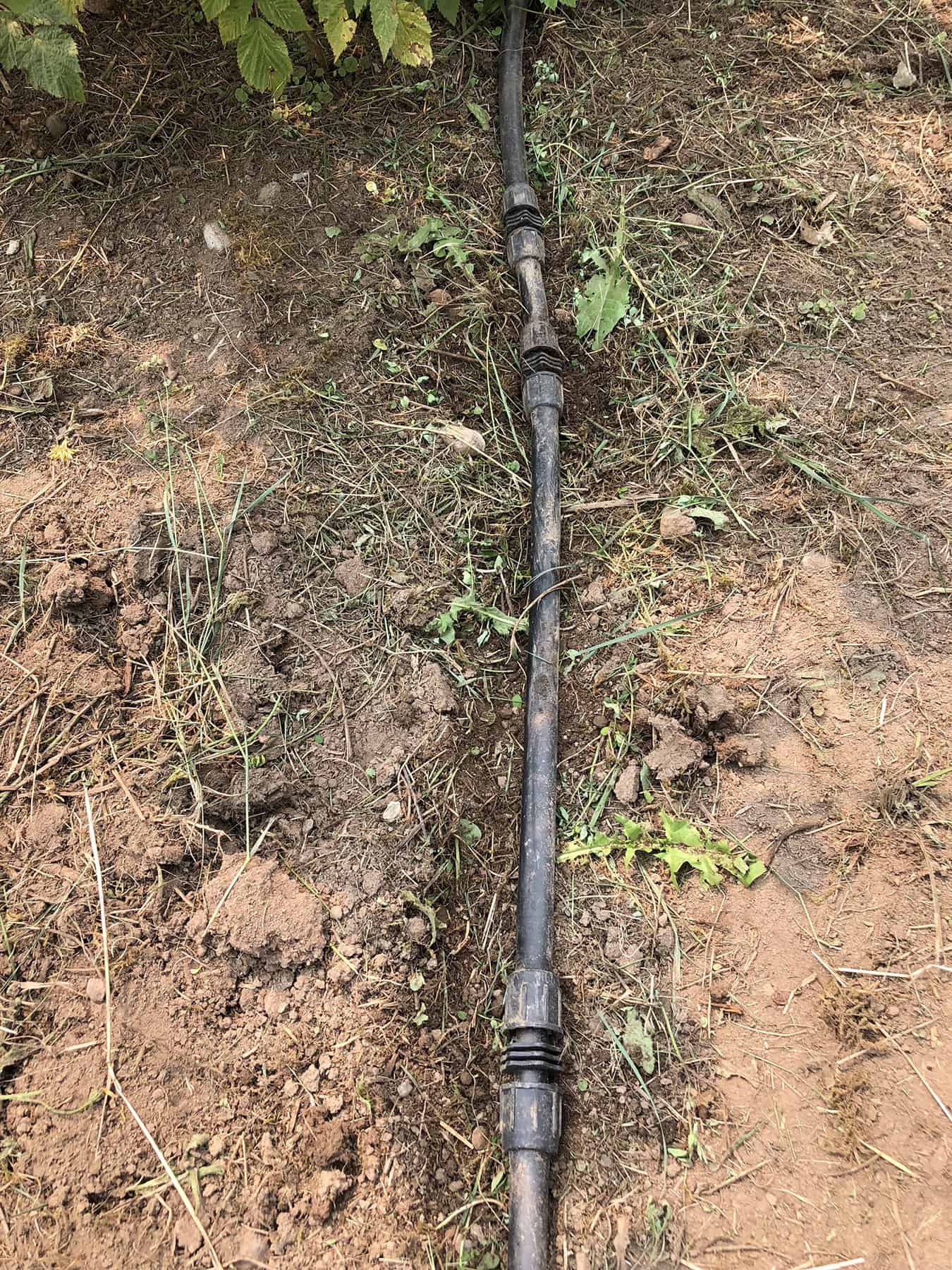
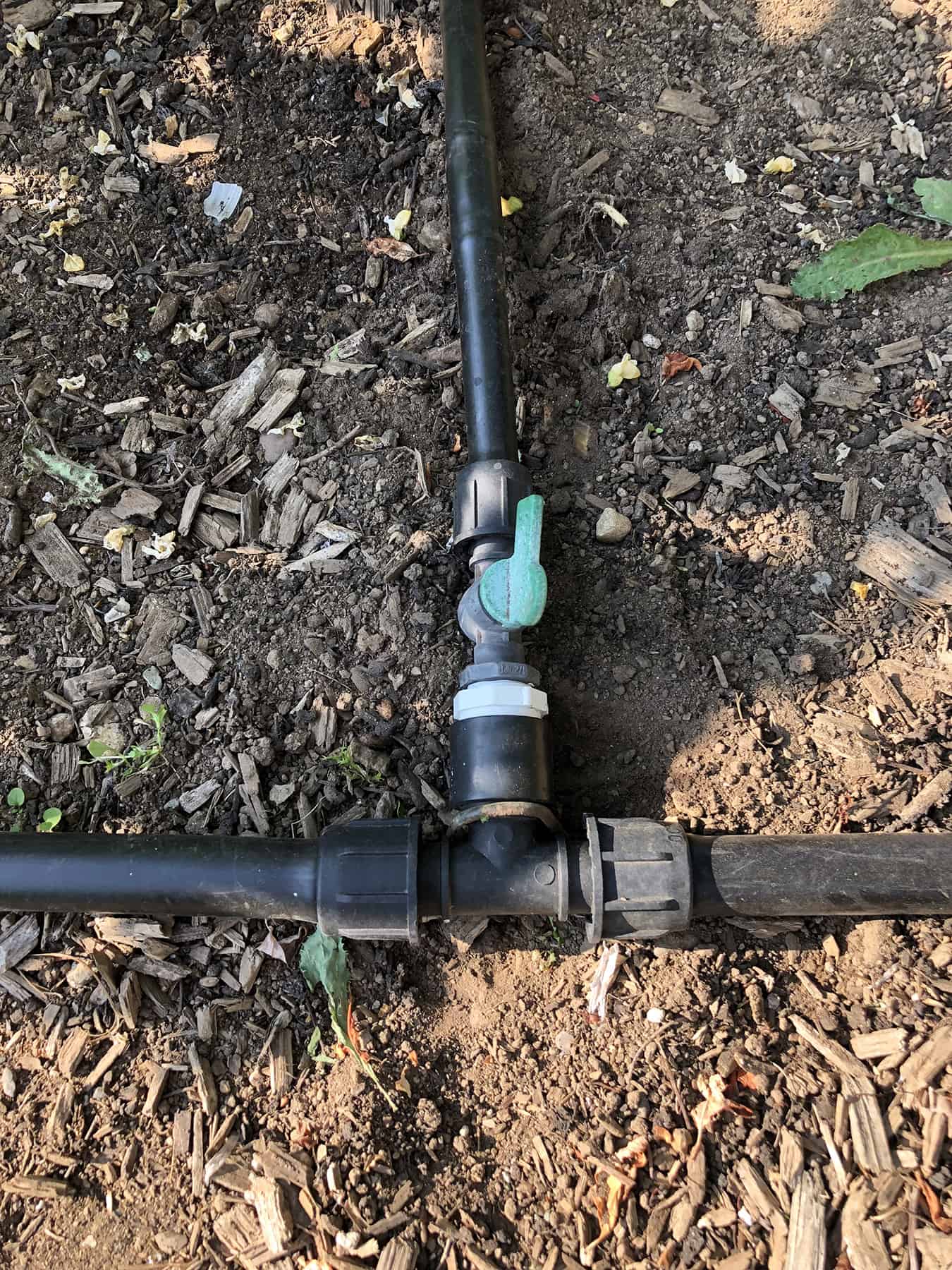




 Bob Bryan has been a Skagit County WSU Extension Master Gardener (EMG) since 2009. He has taught the art of drip irrigation in the Know and Grow education seminars offered by Master Gardeners.
Bob Bryan has been a Skagit County WSU Extension Master Gardener (EMG) since 2009. He has taught the art of drip irrigation in the Know and Grow education seminars offered by Master Gardeners.
